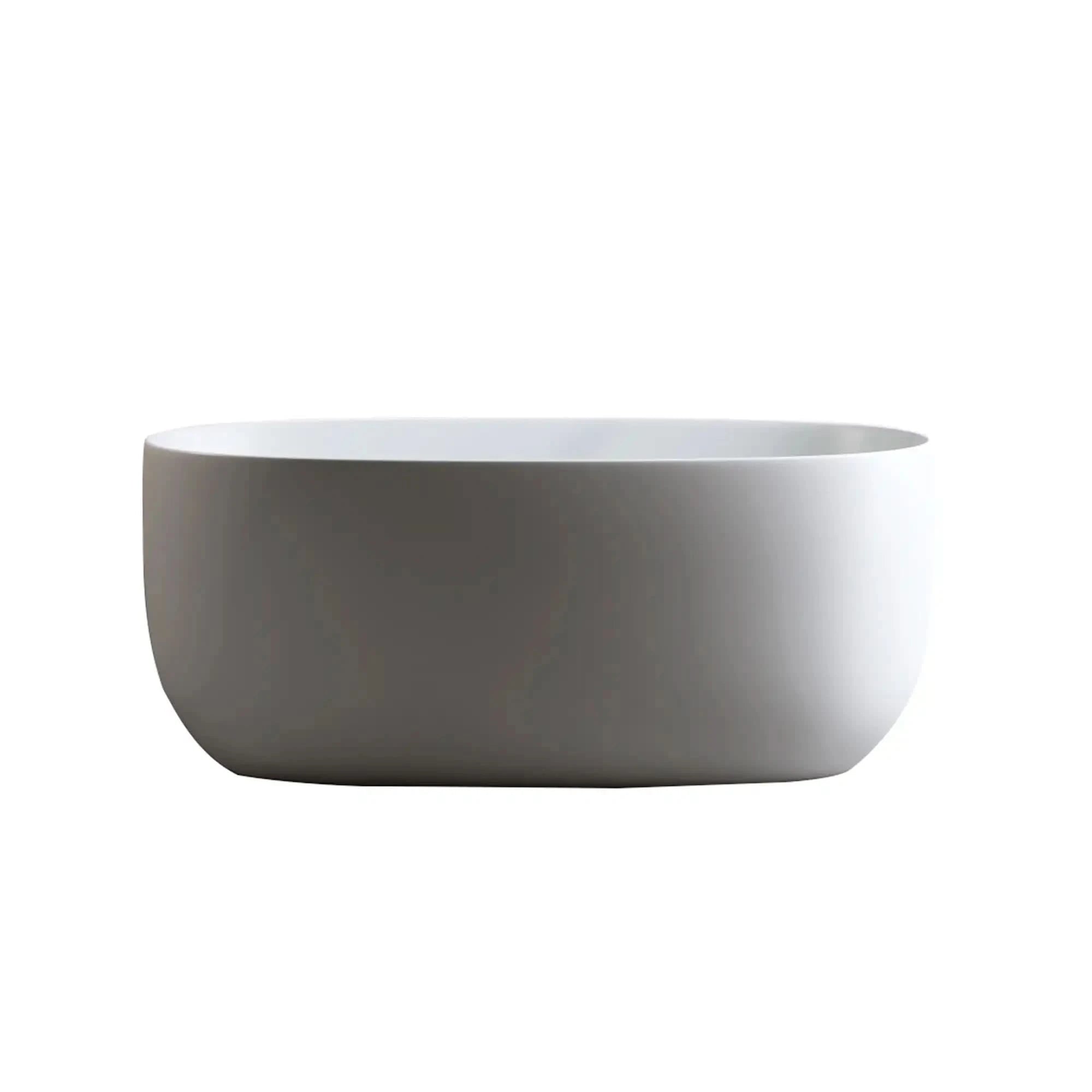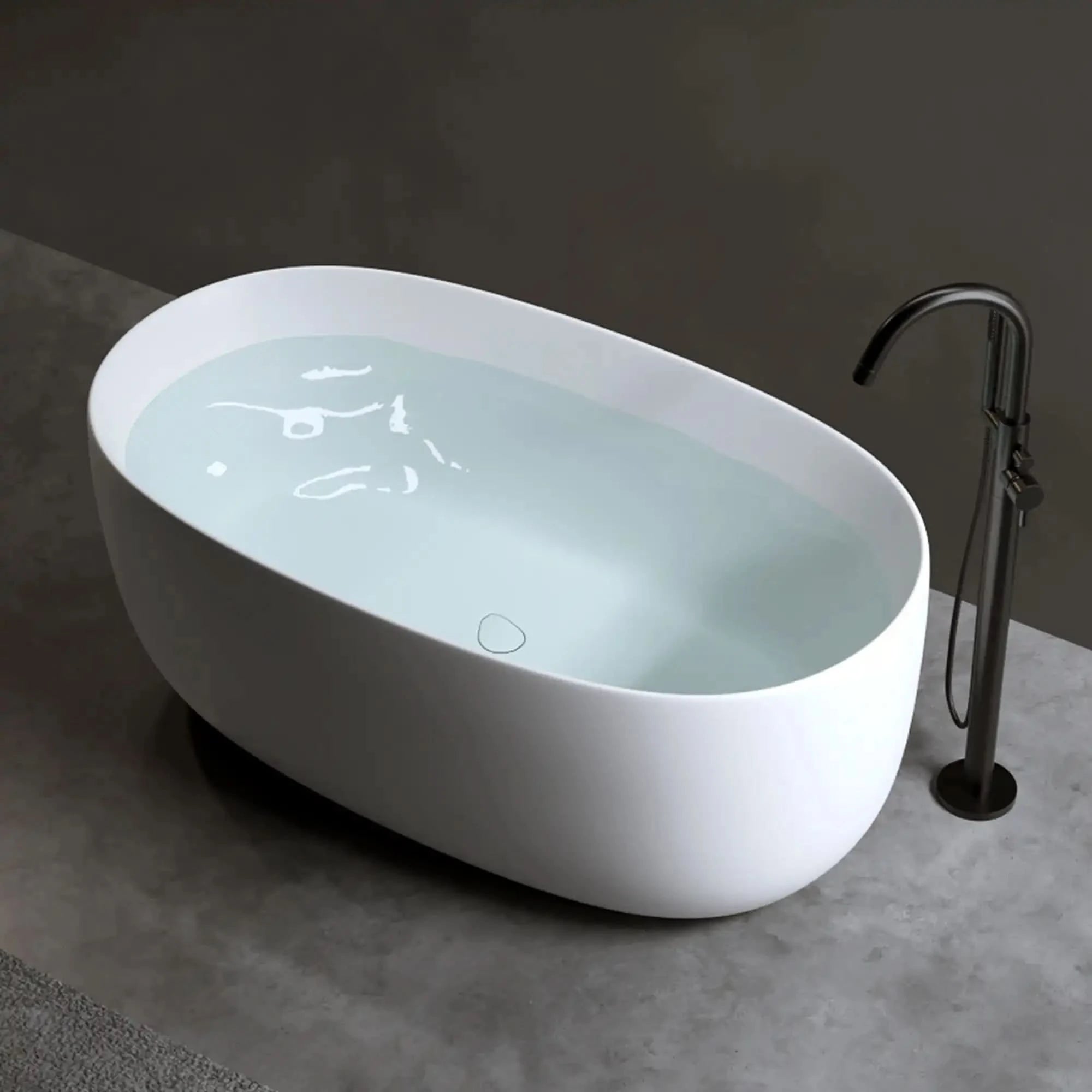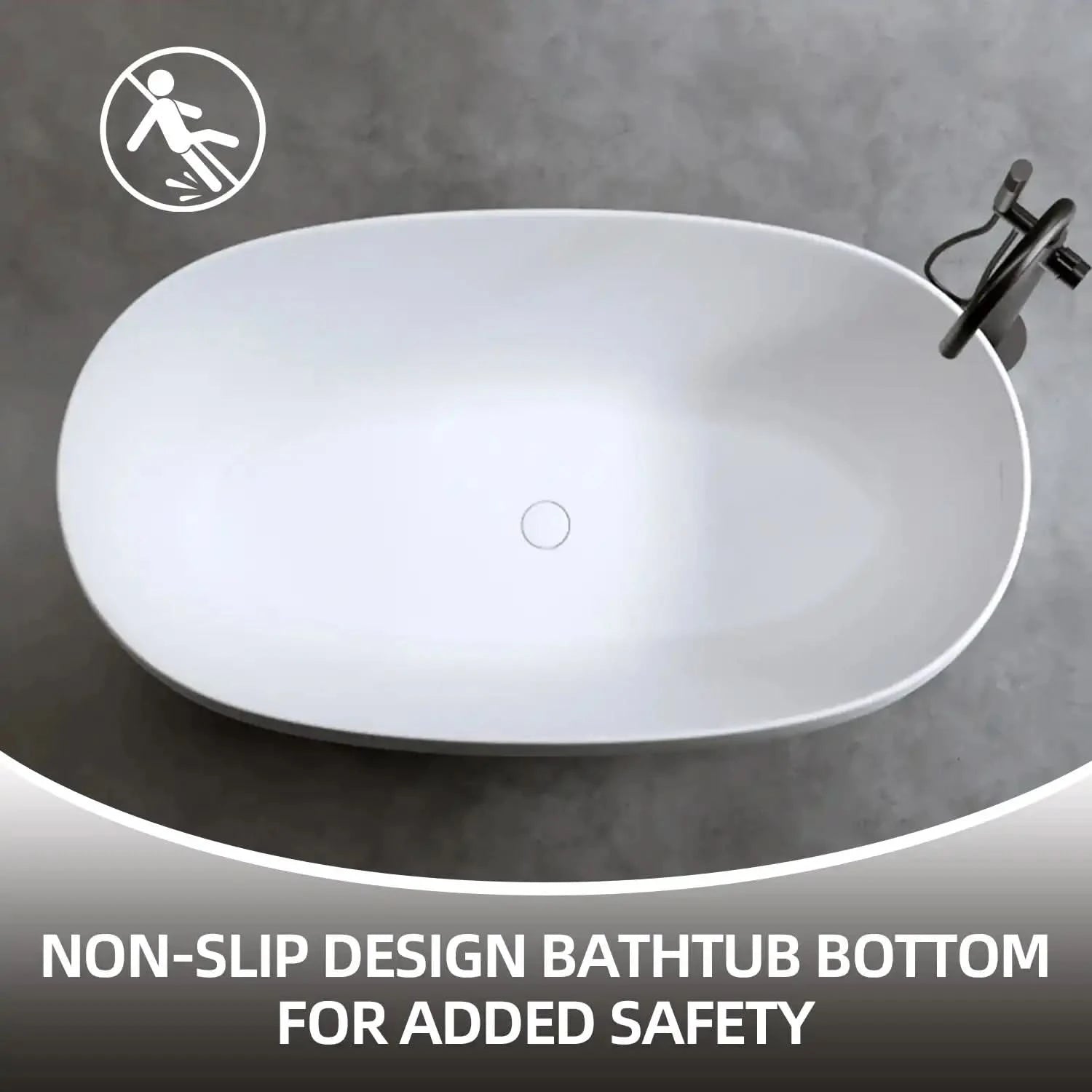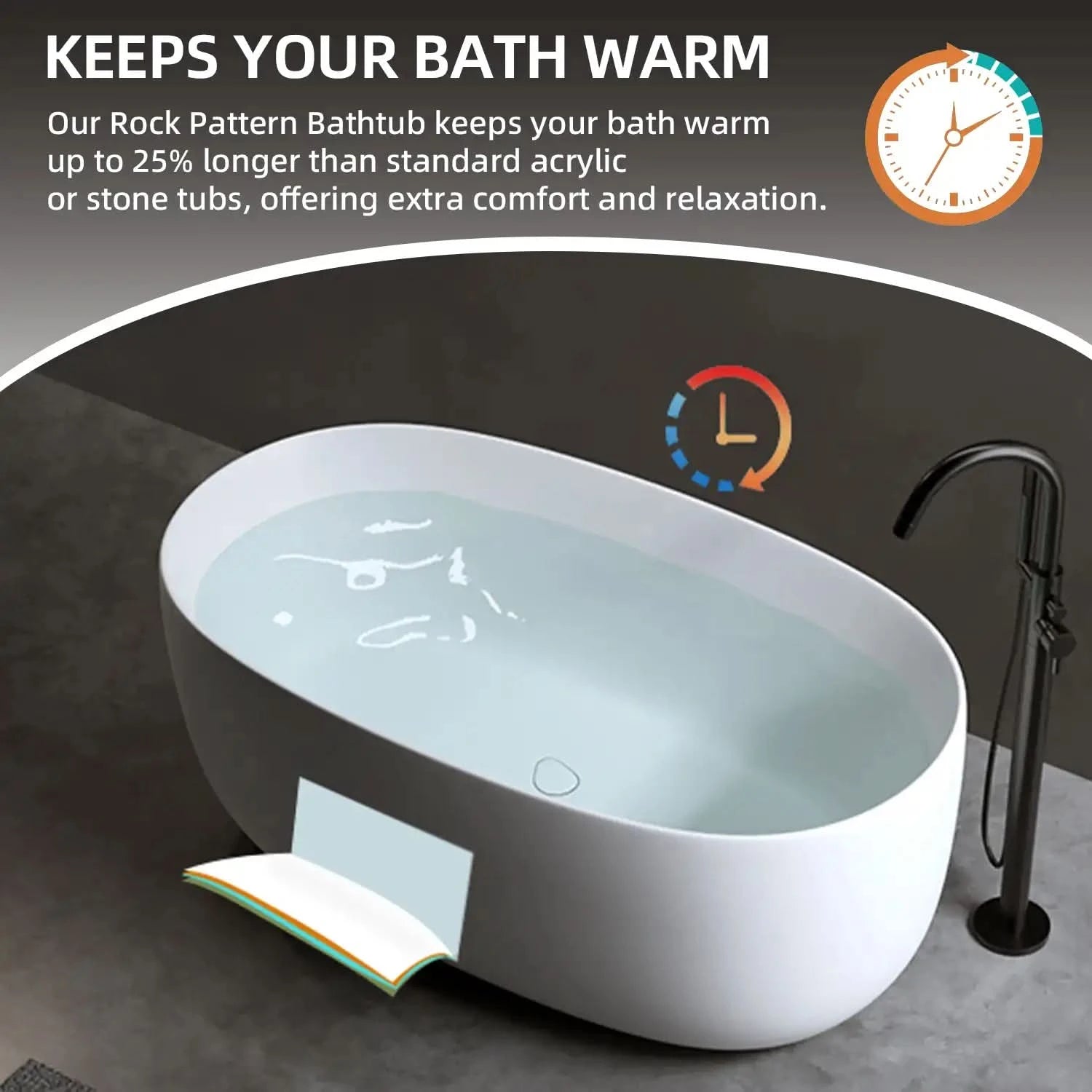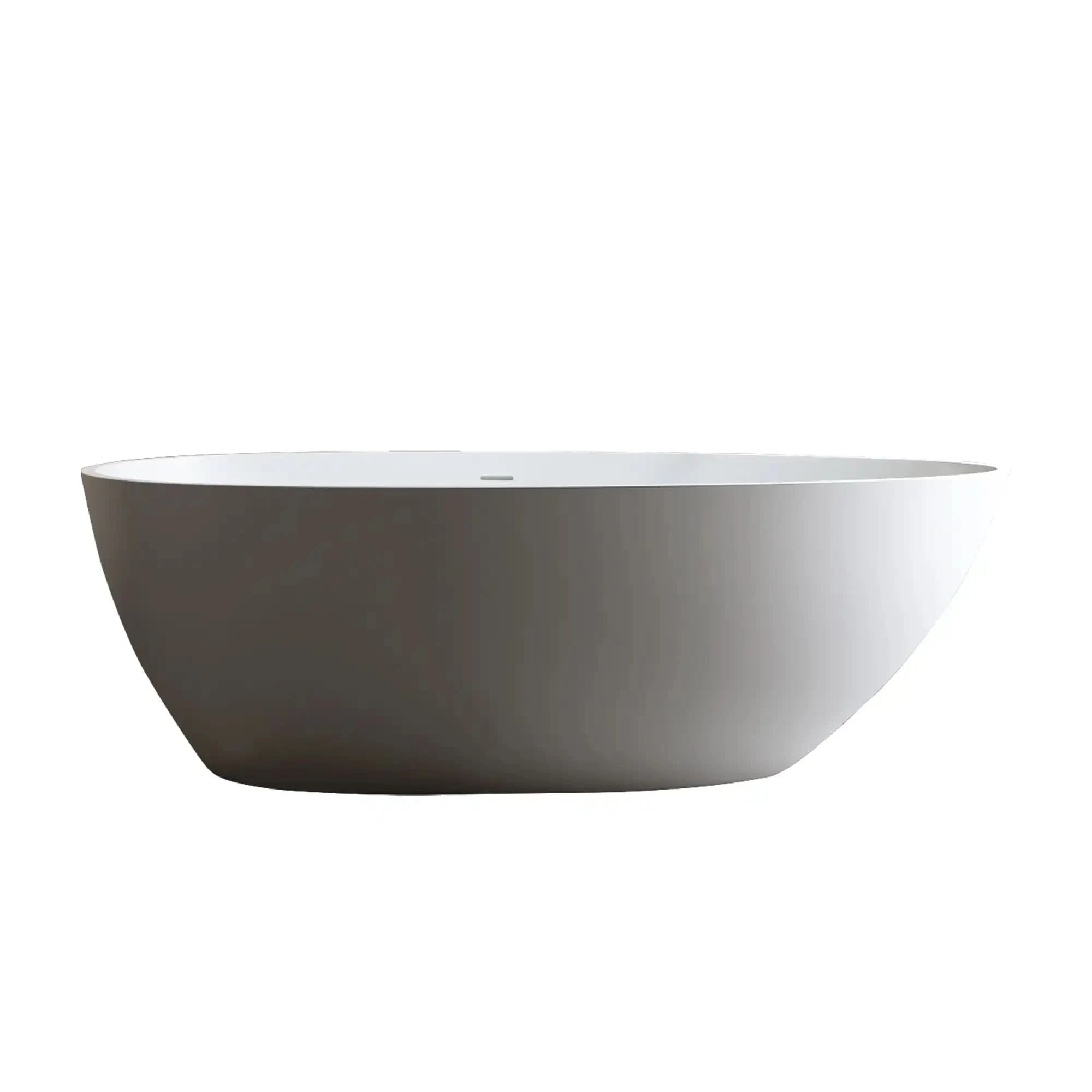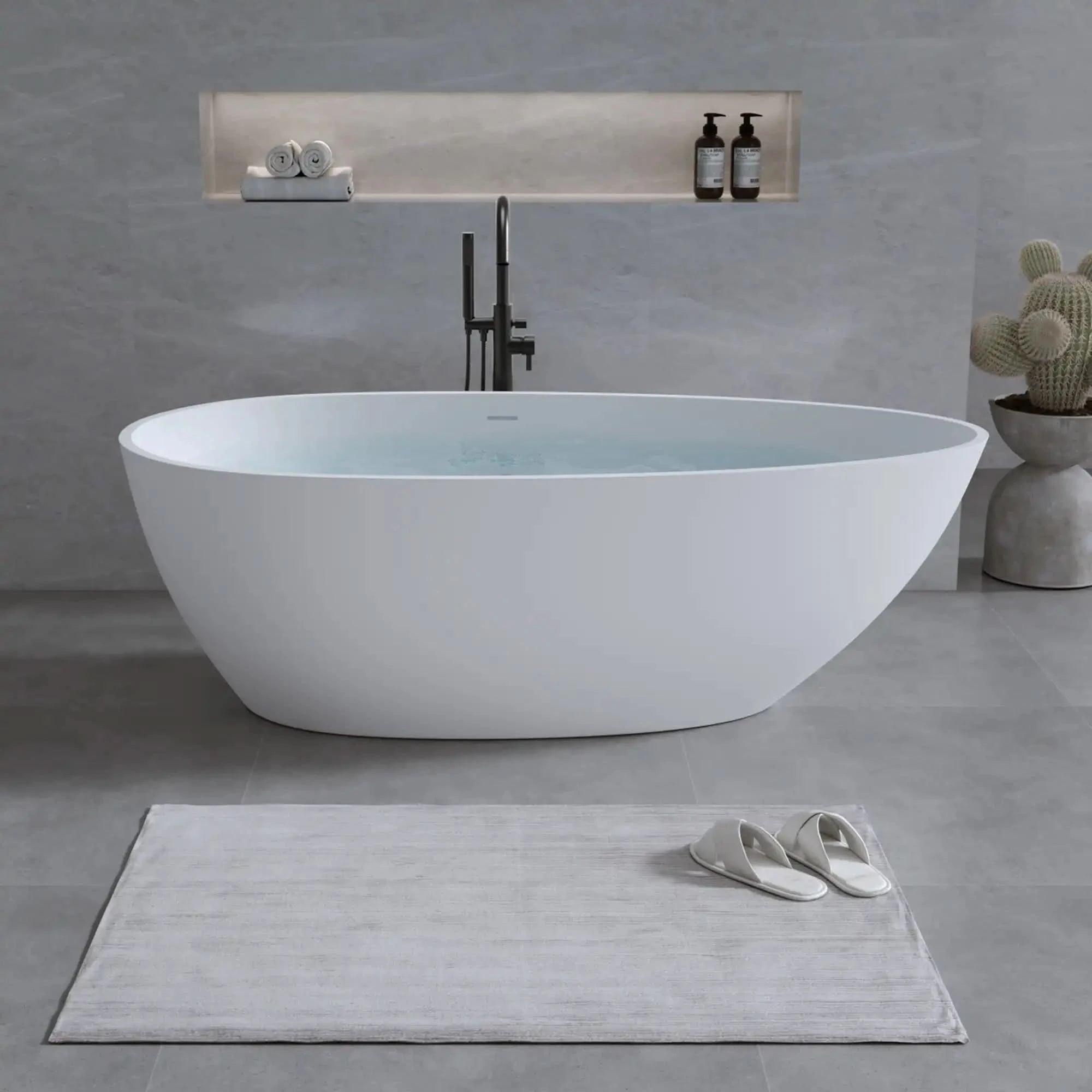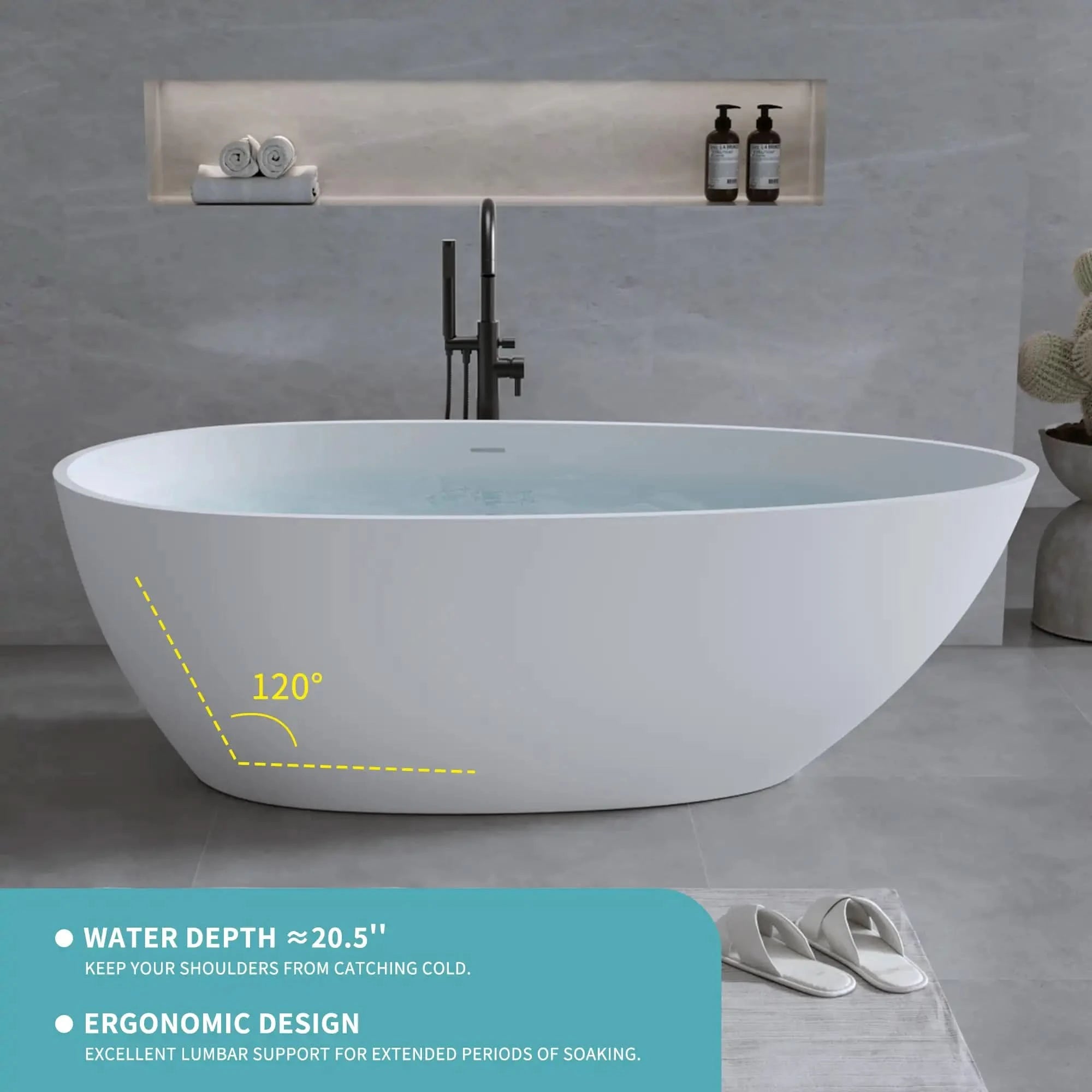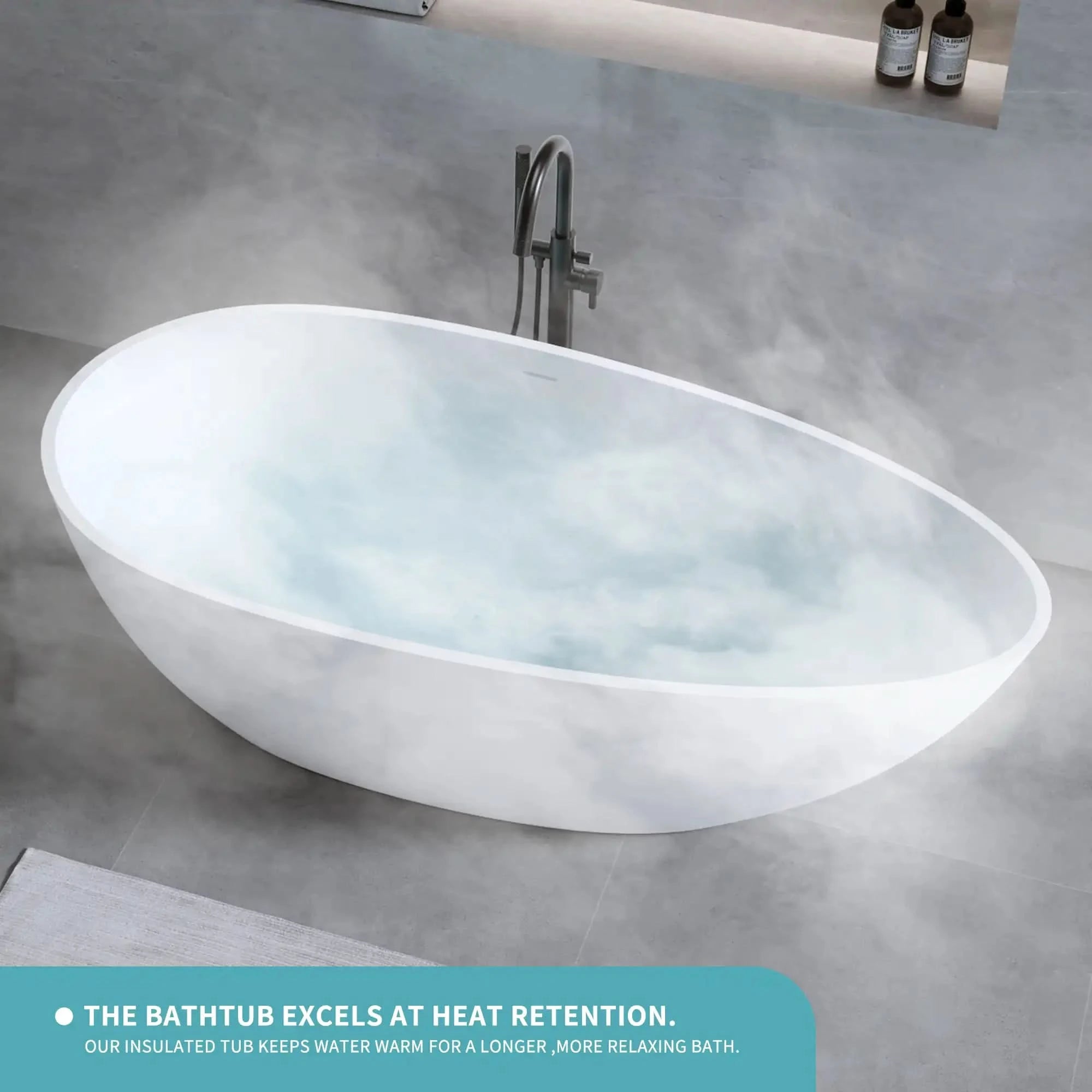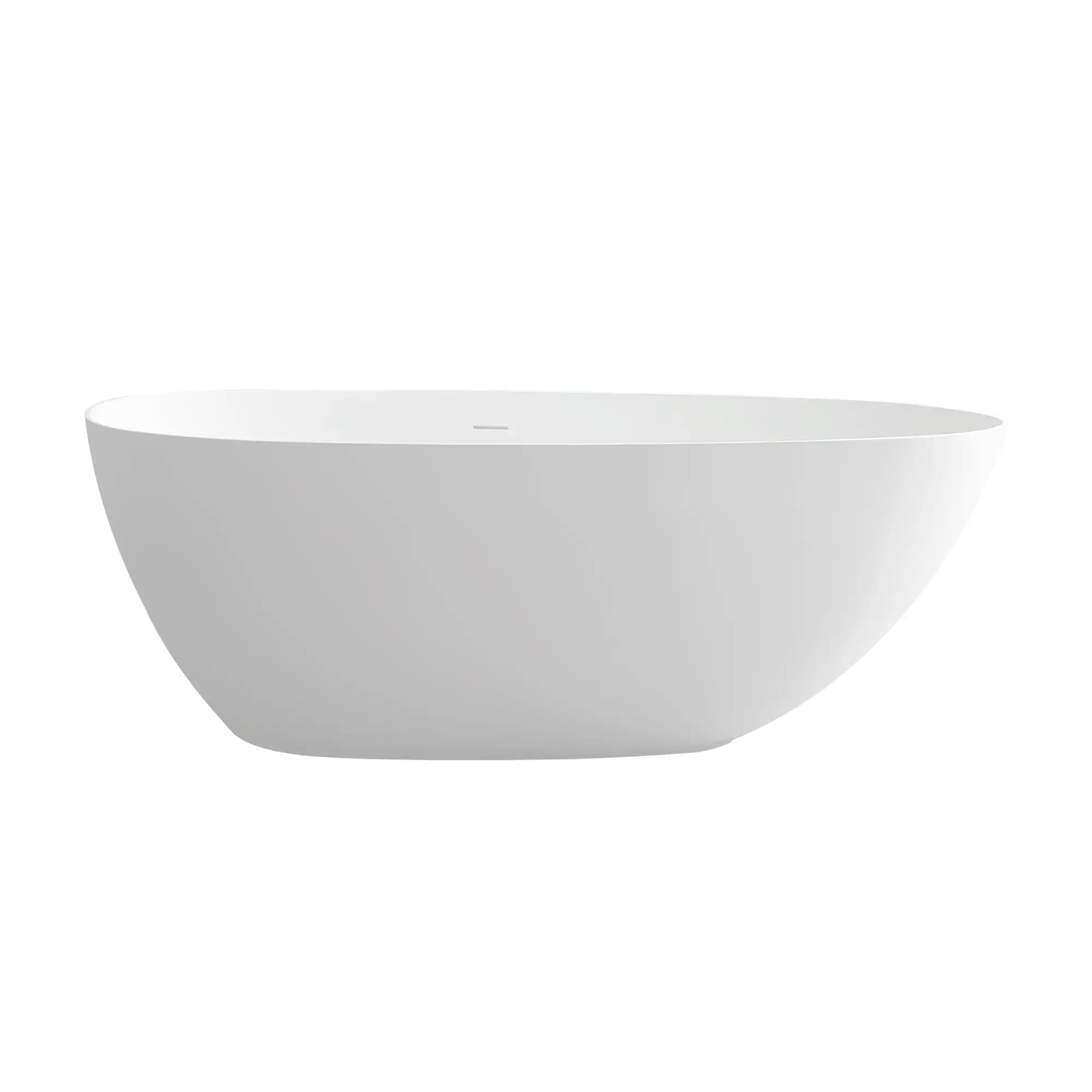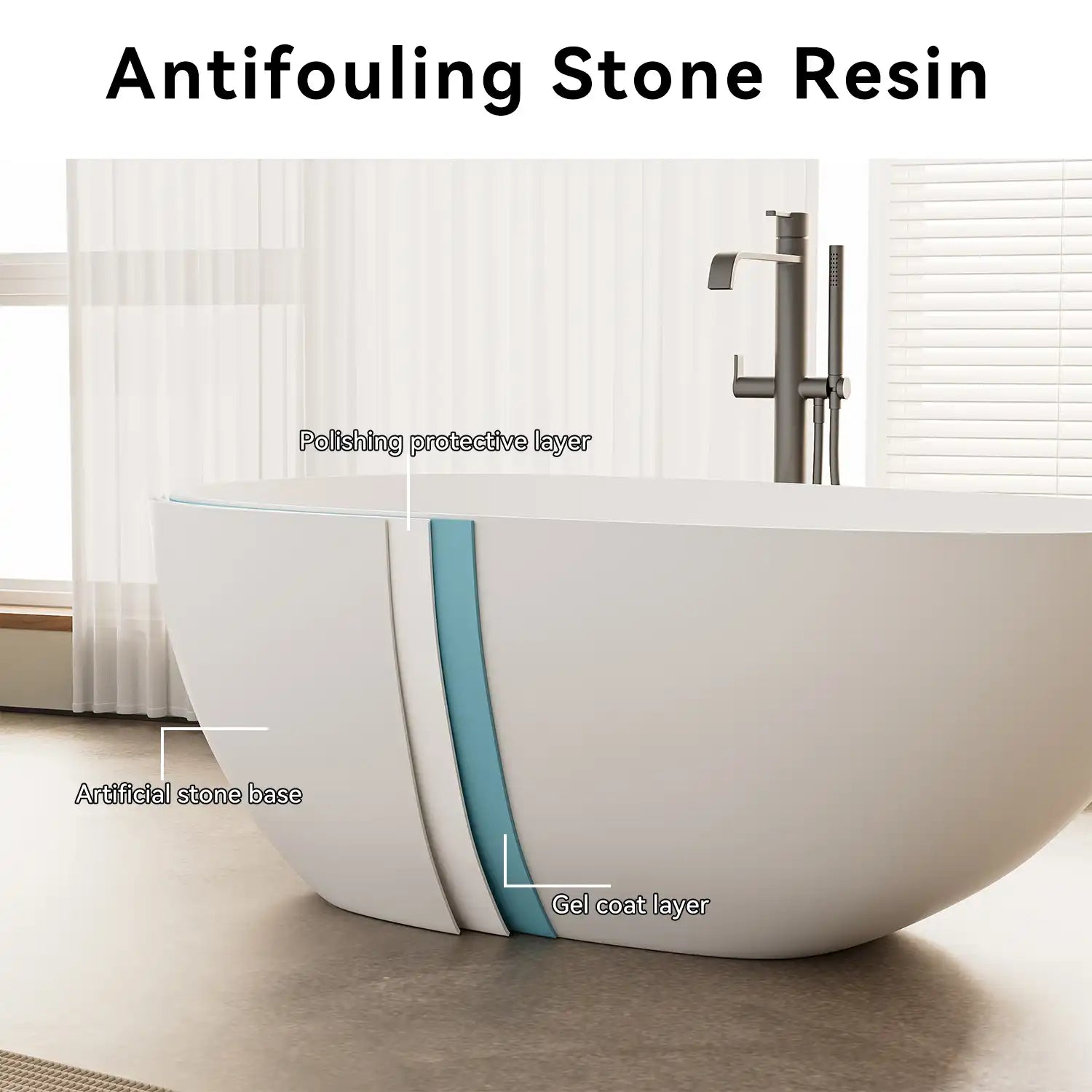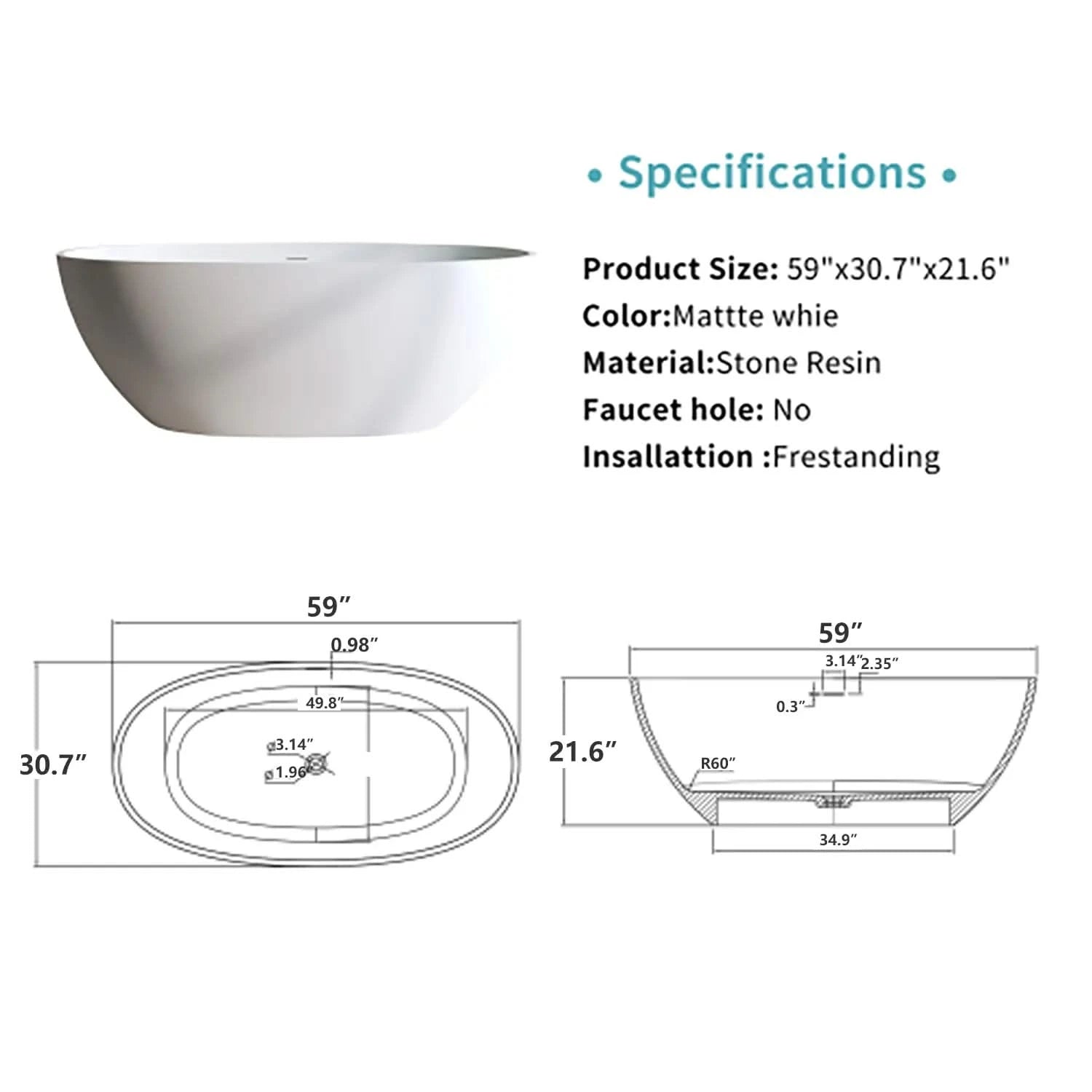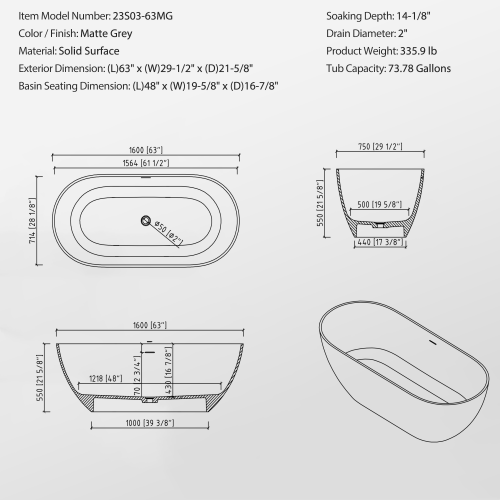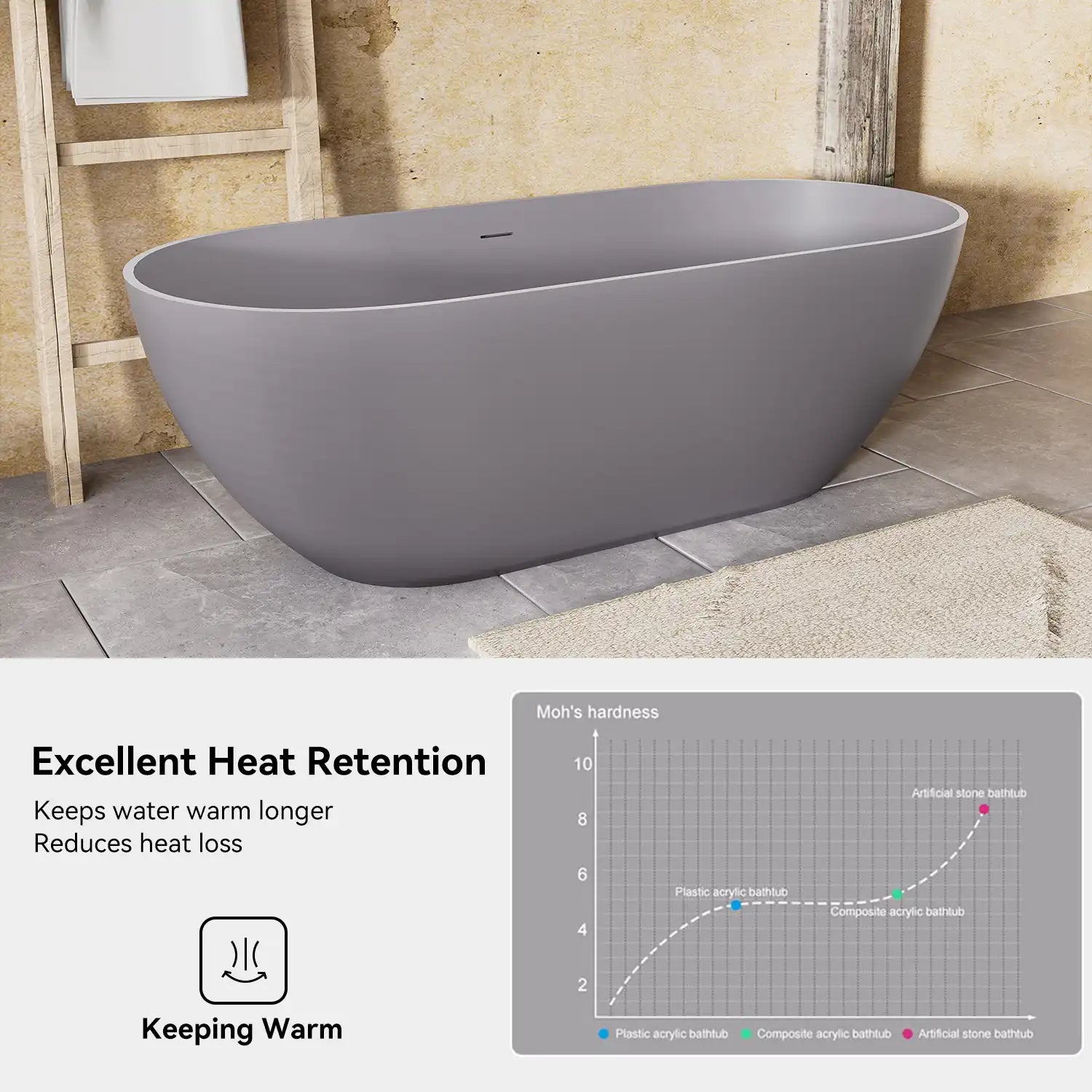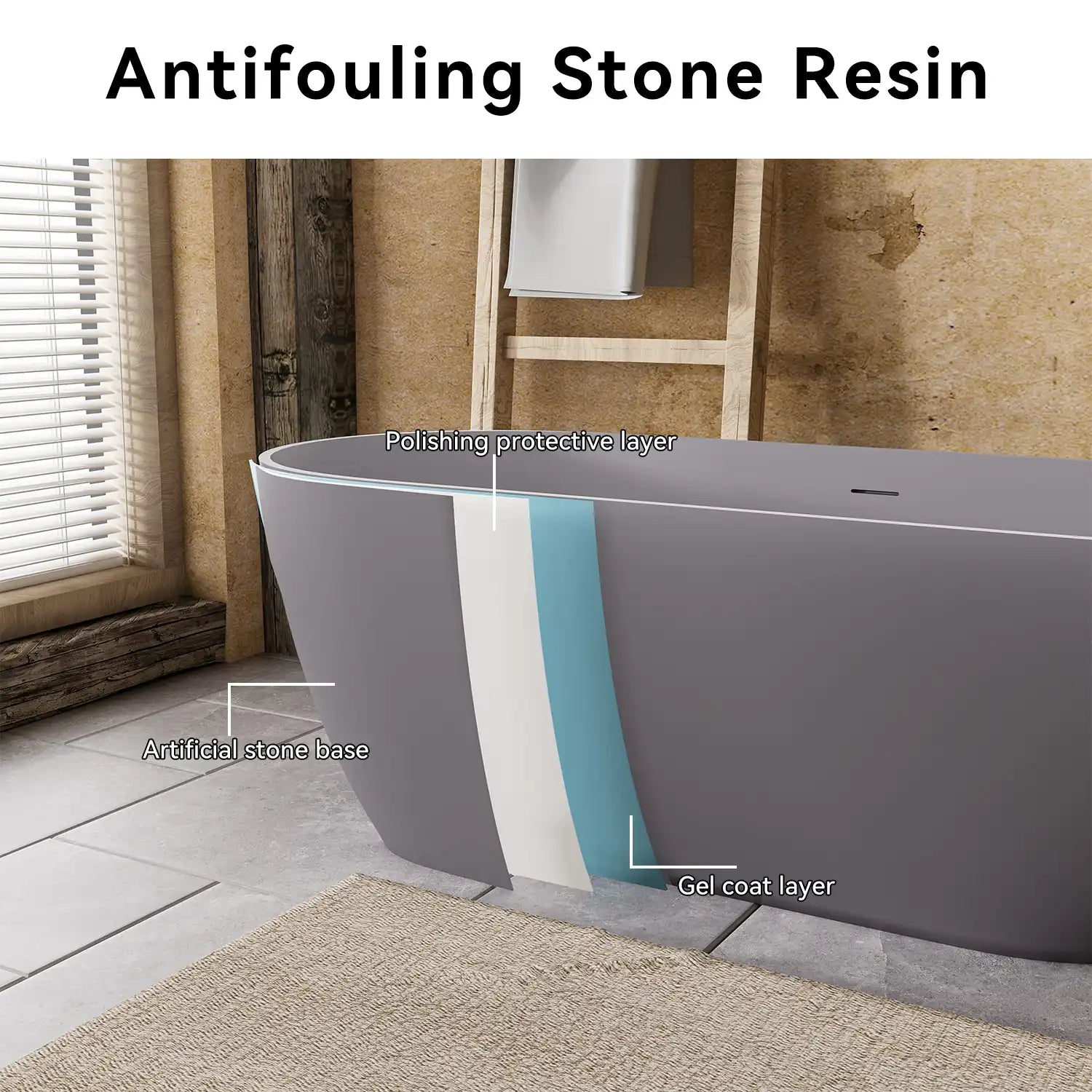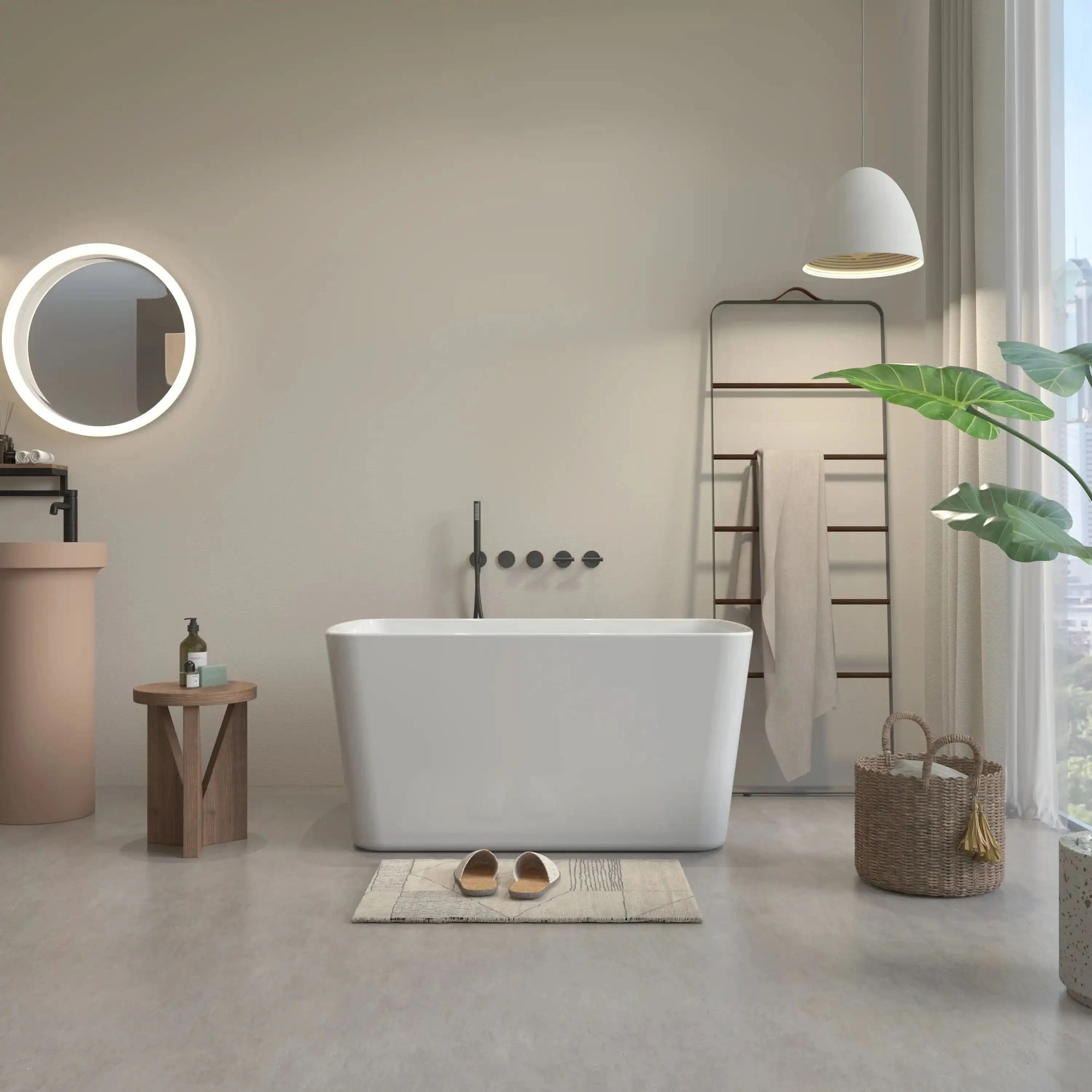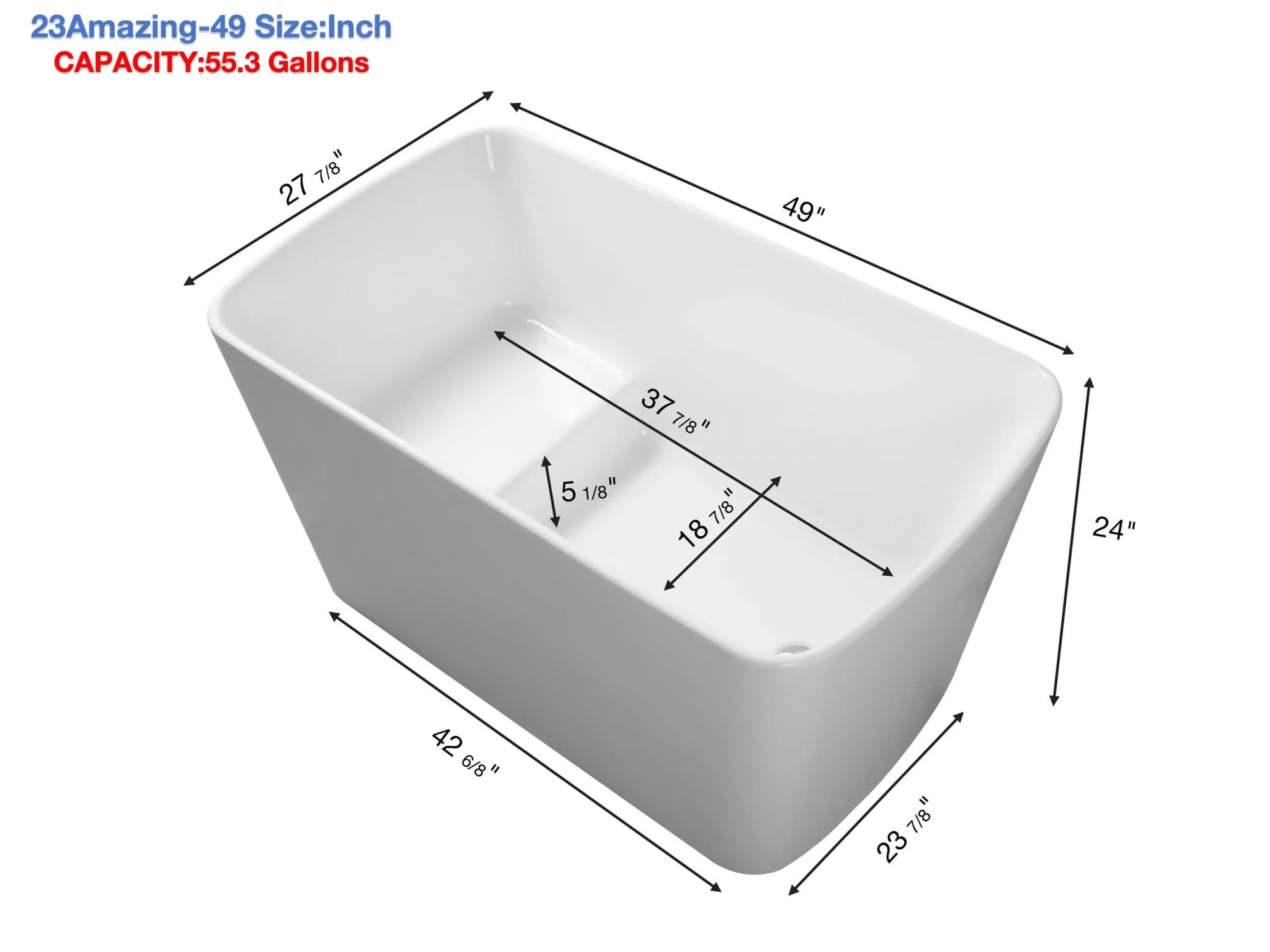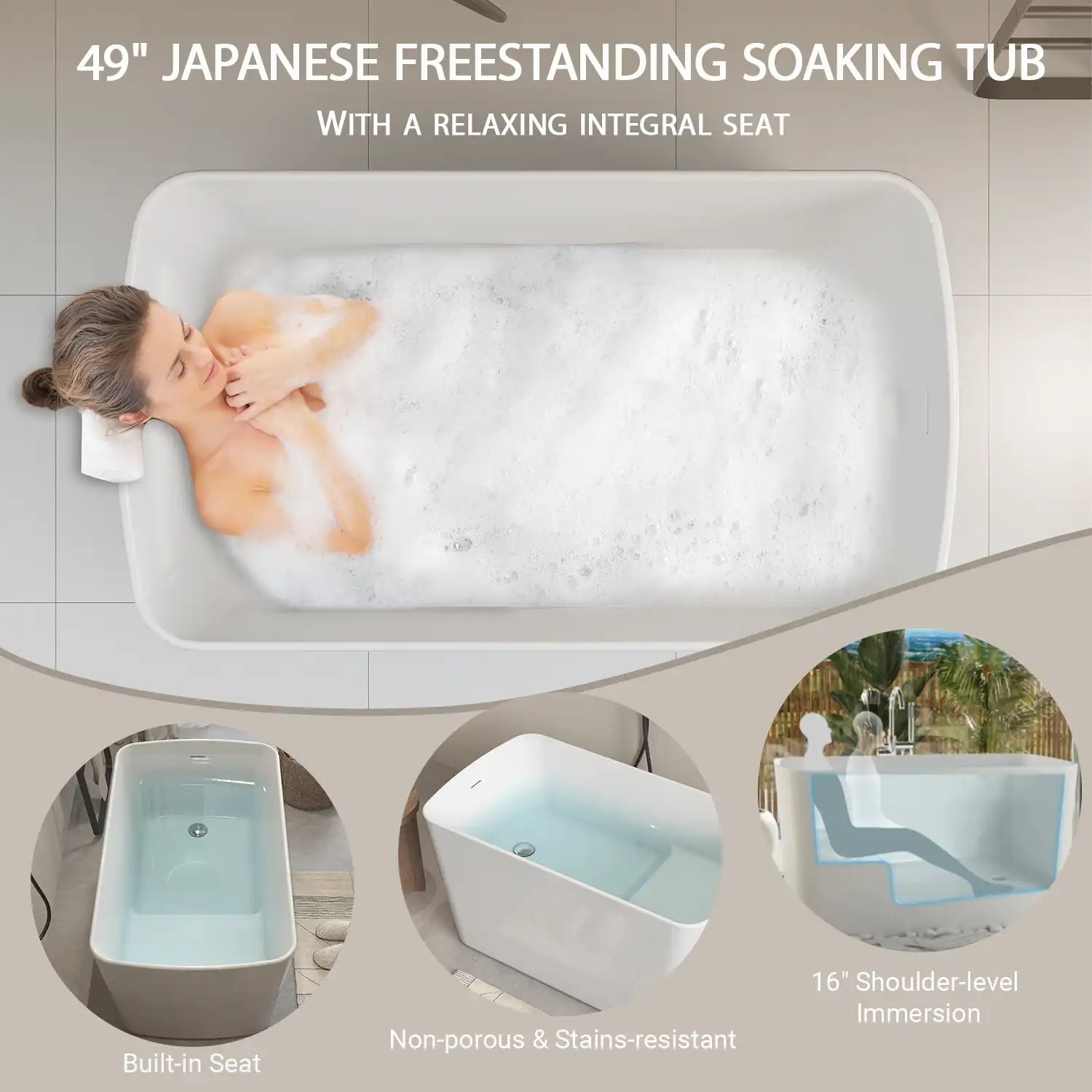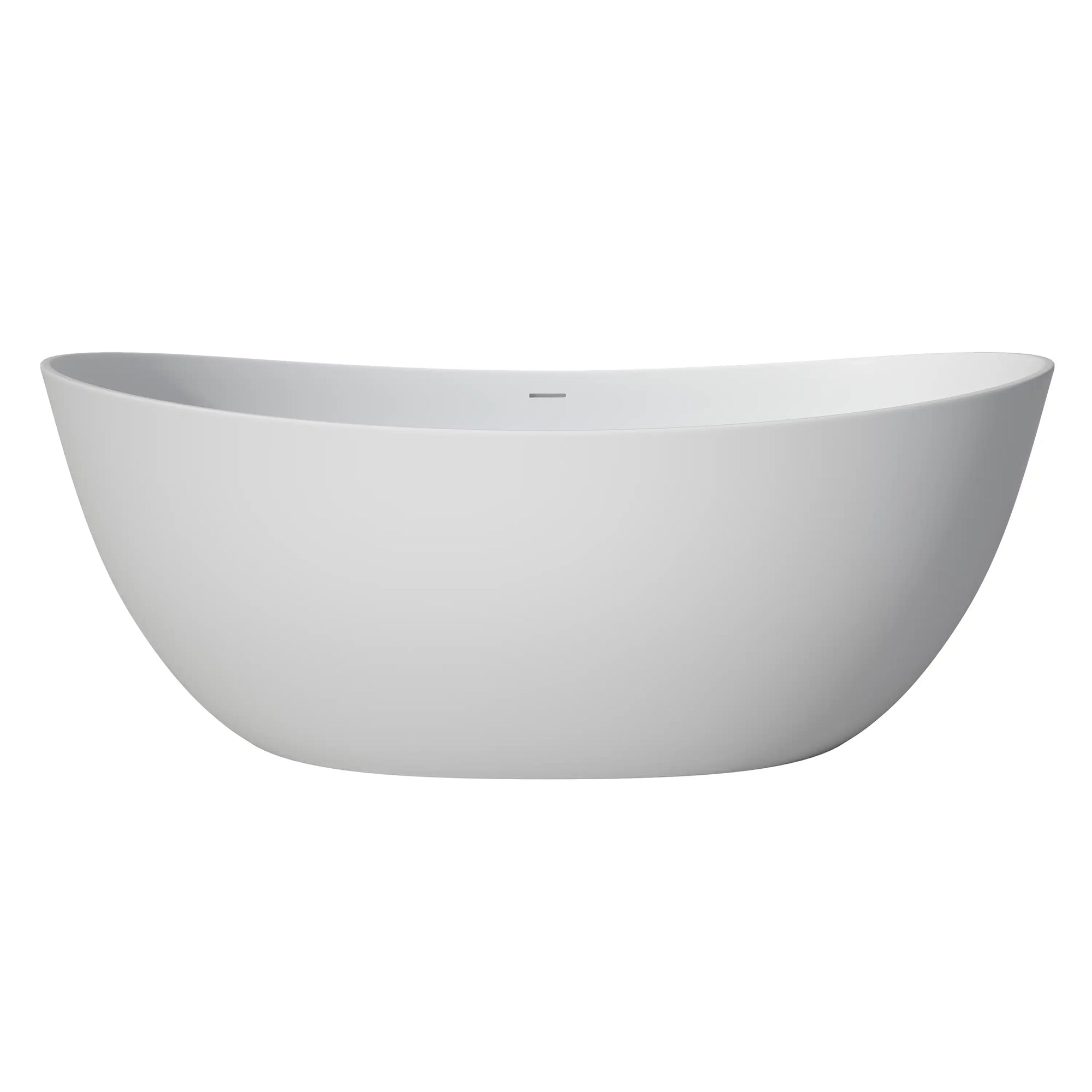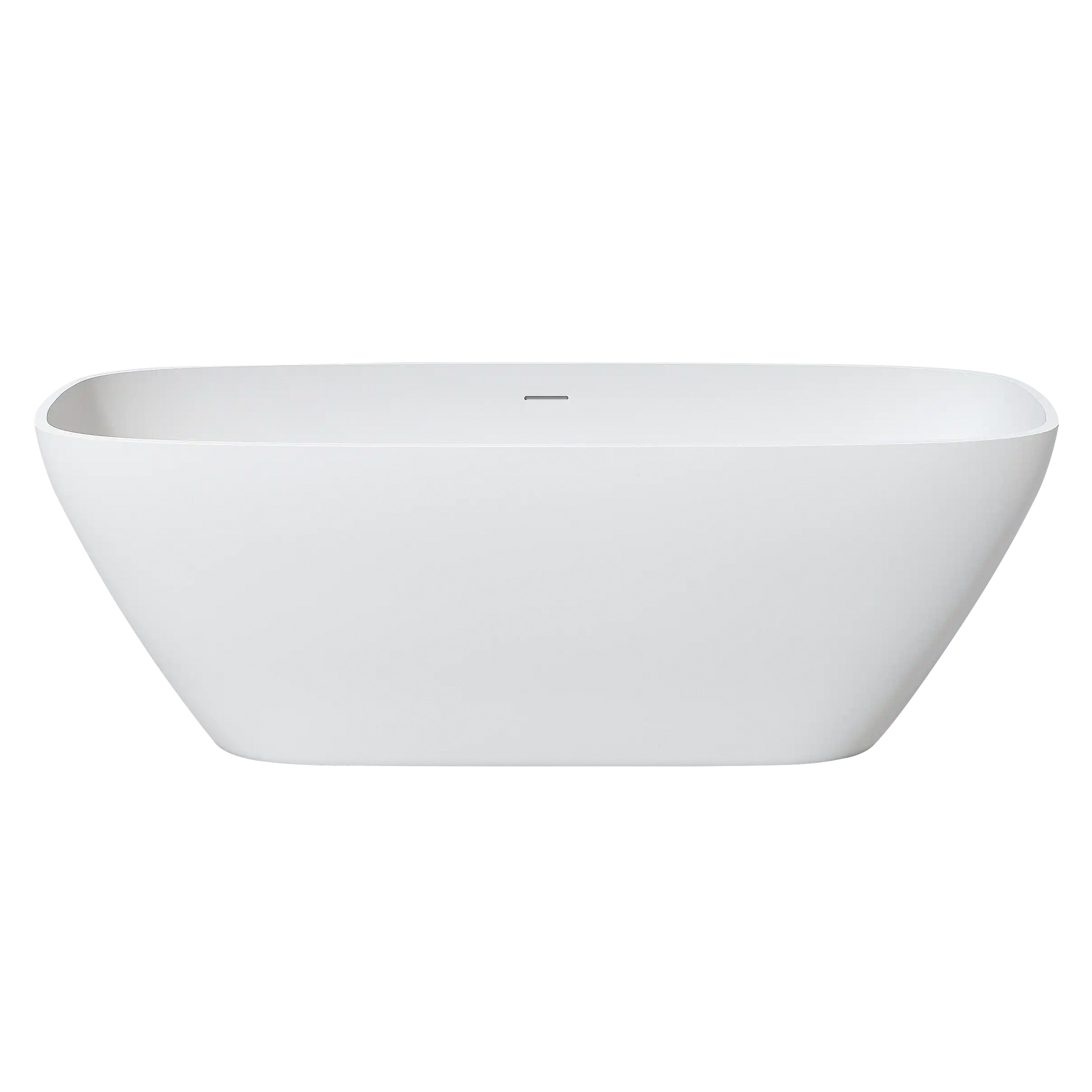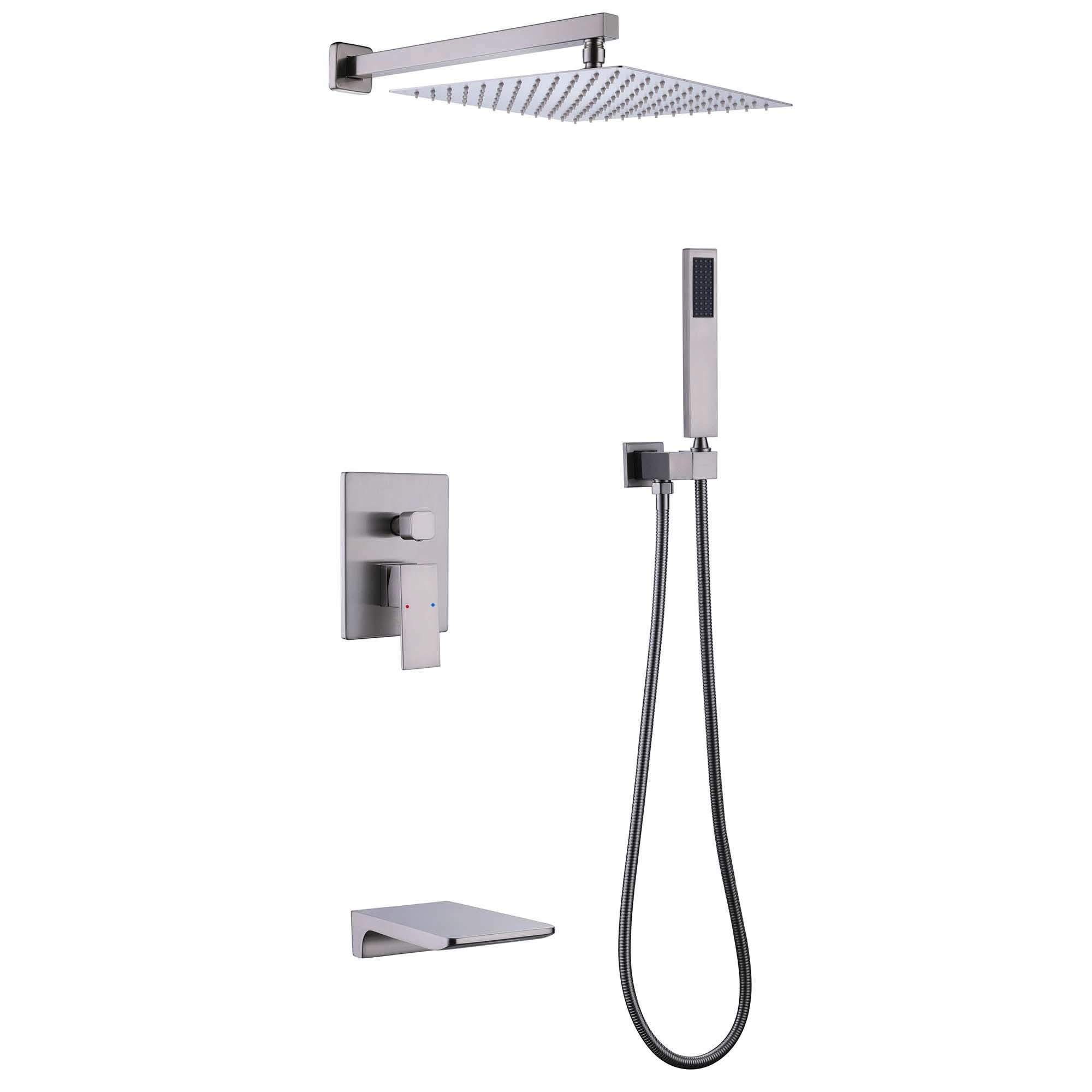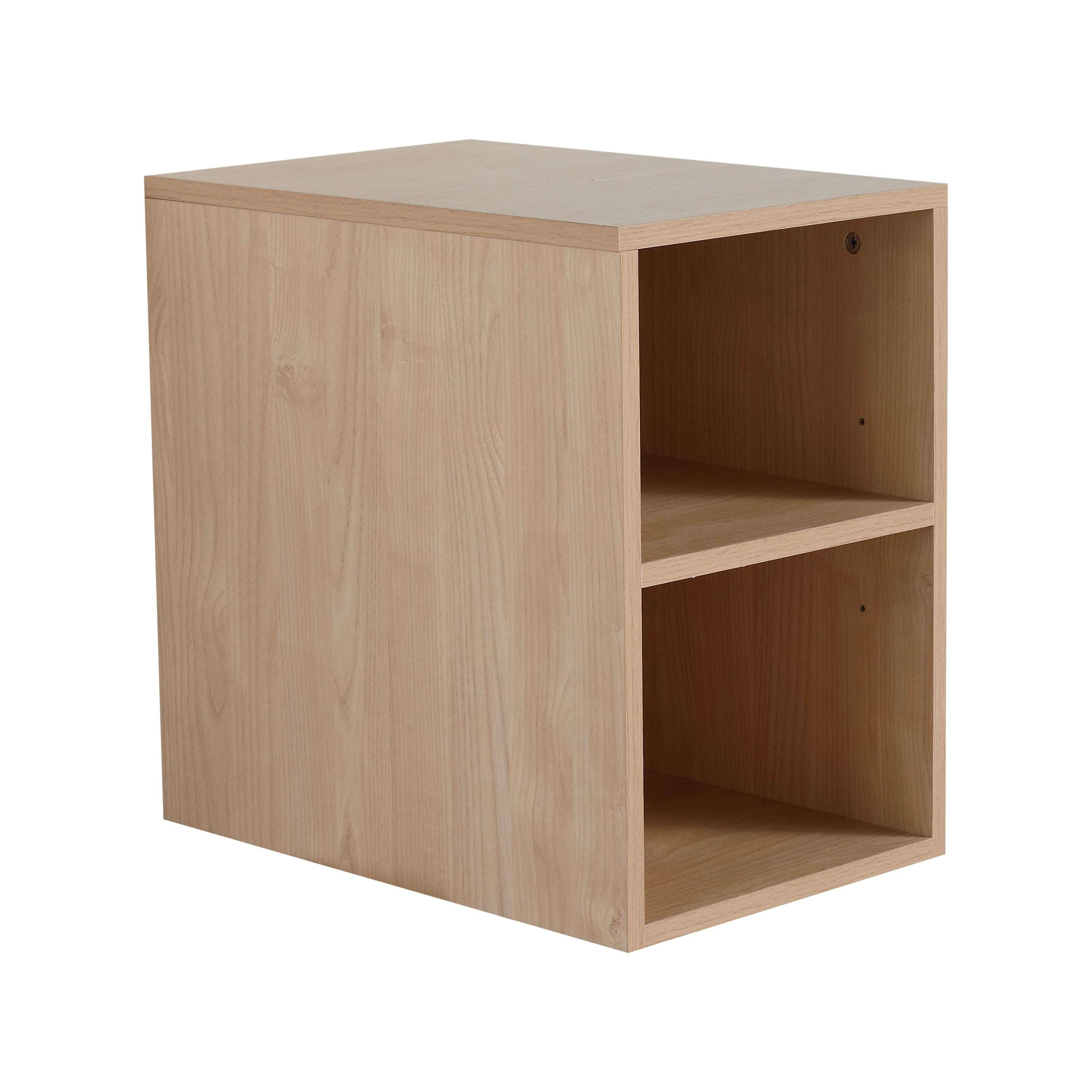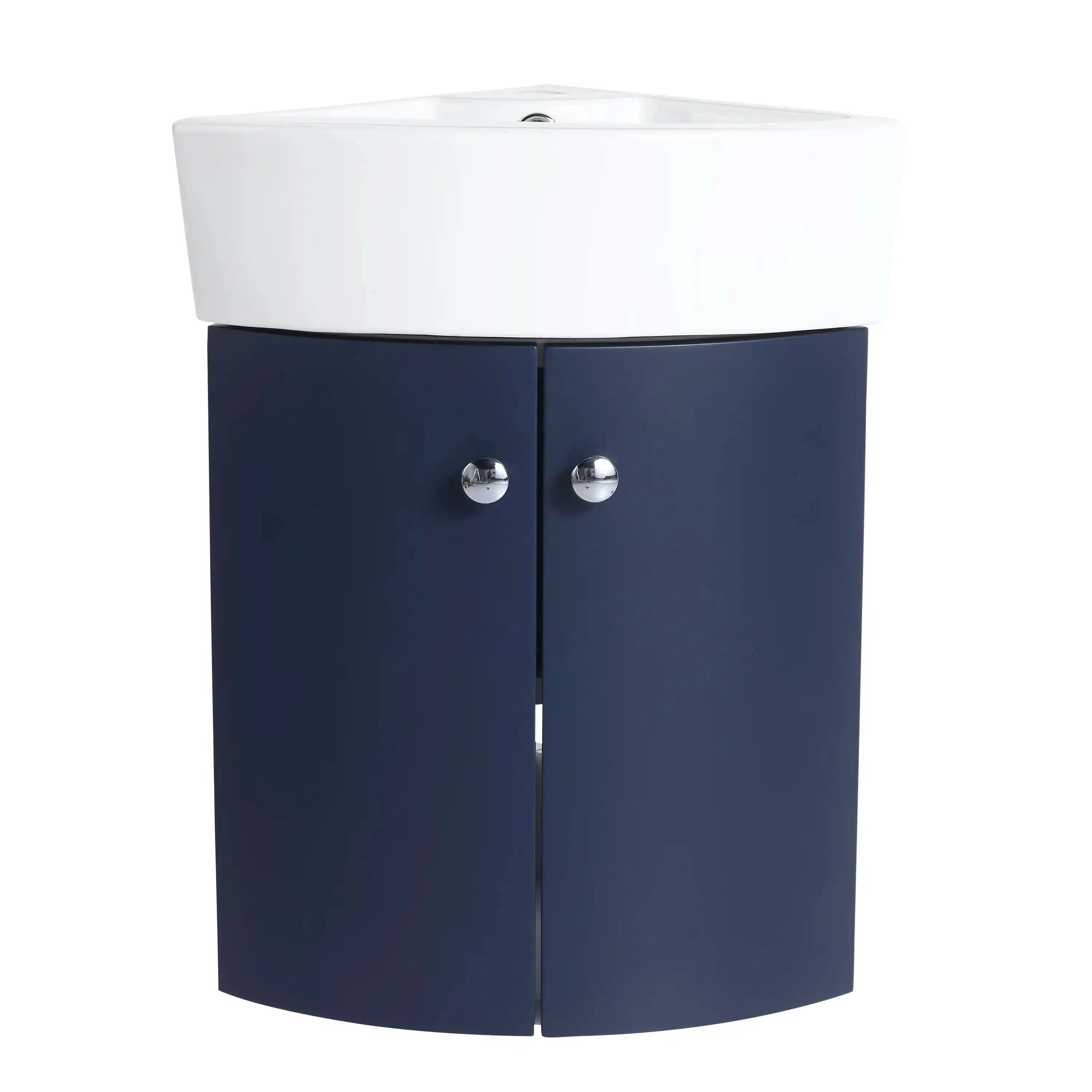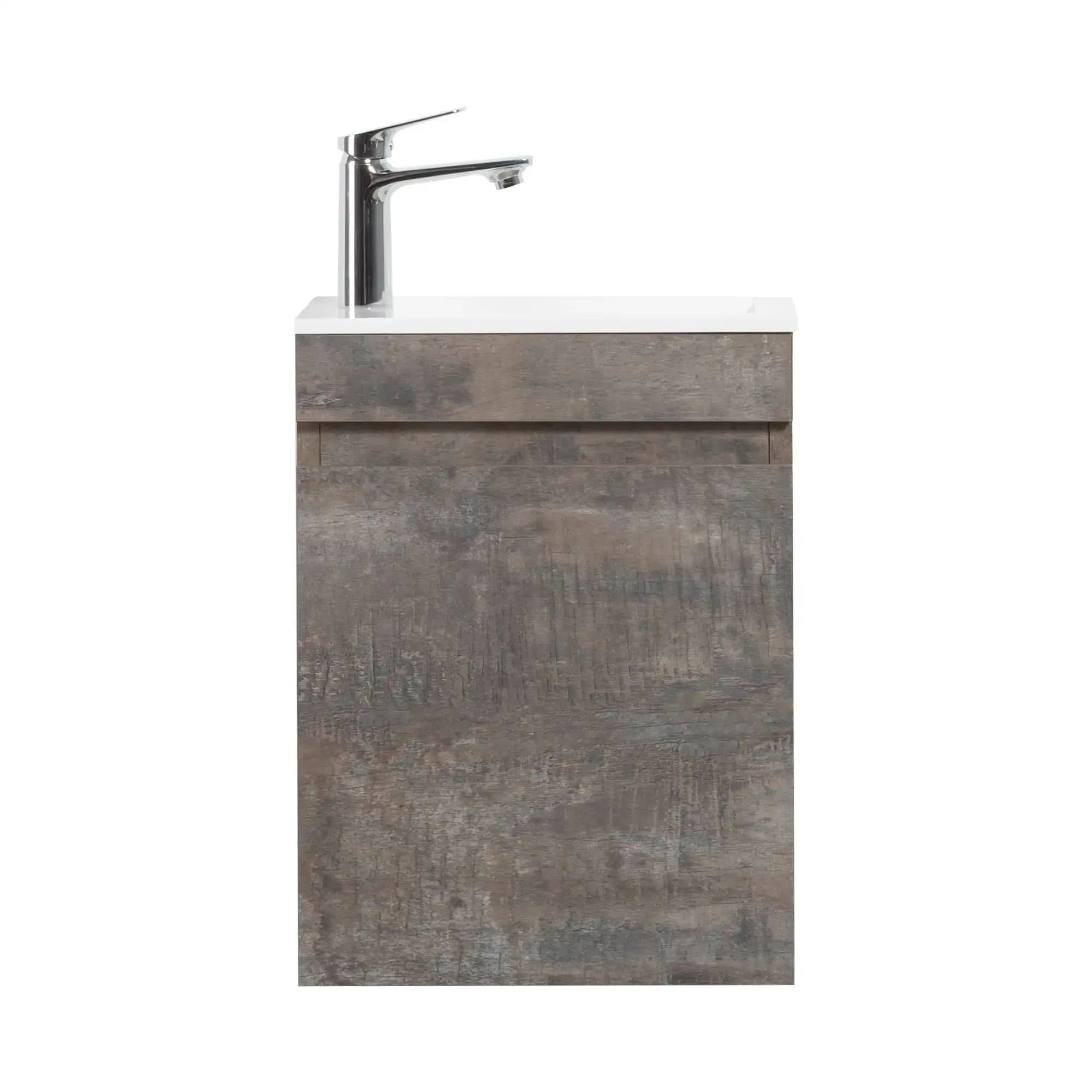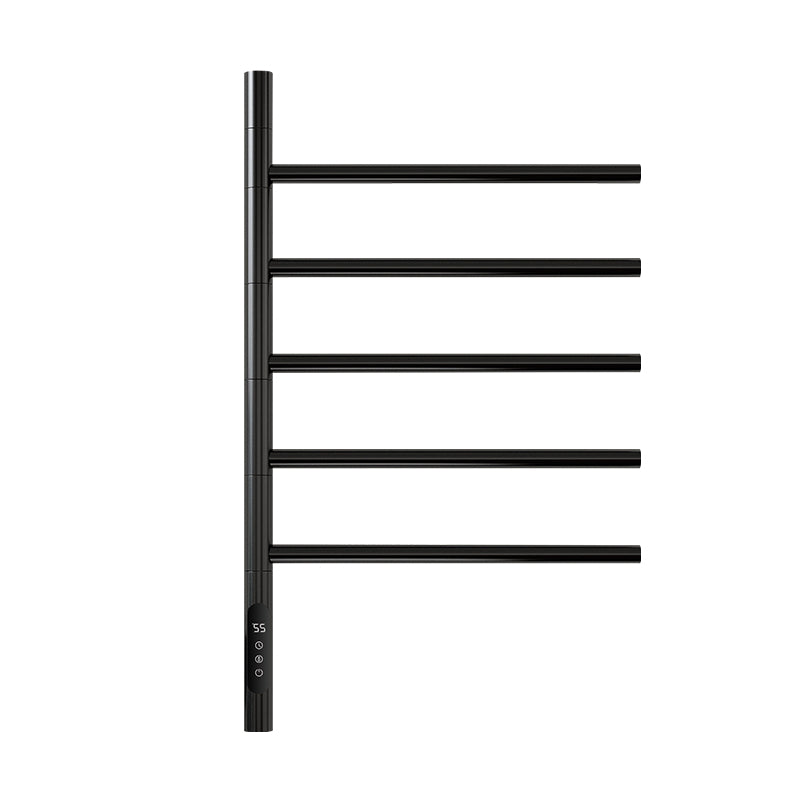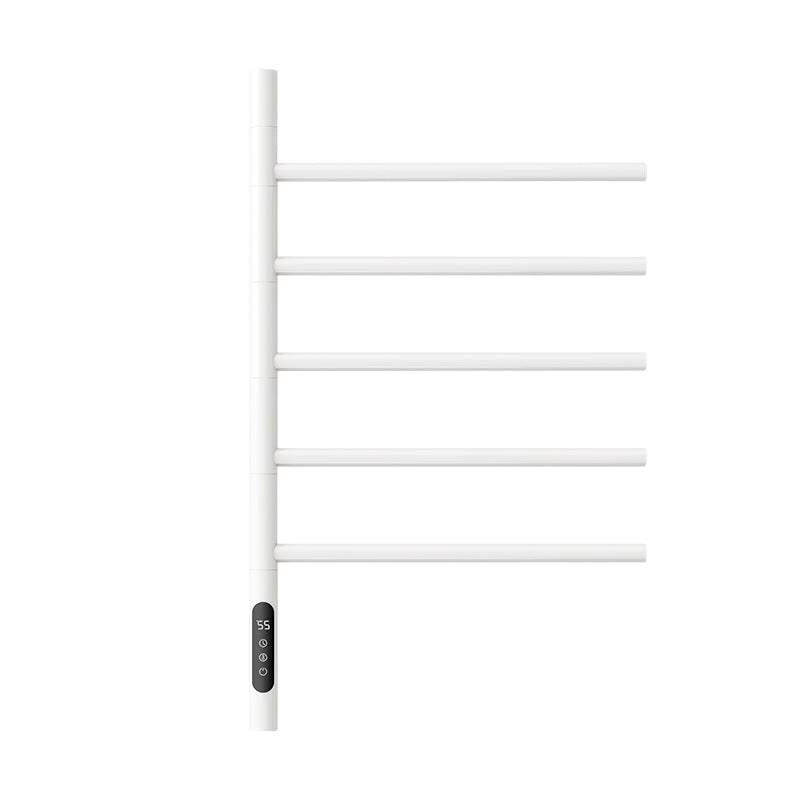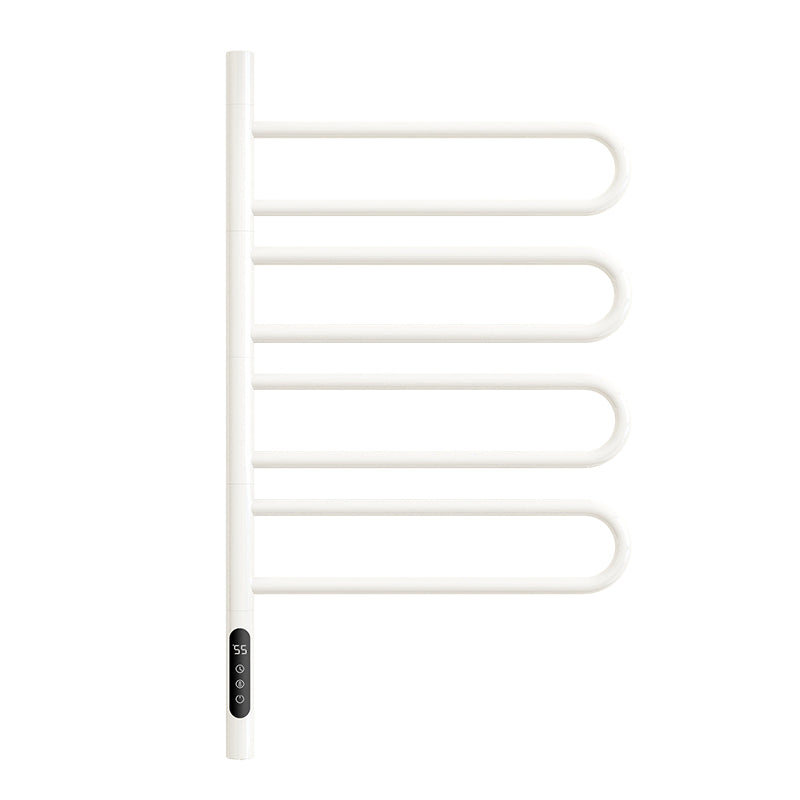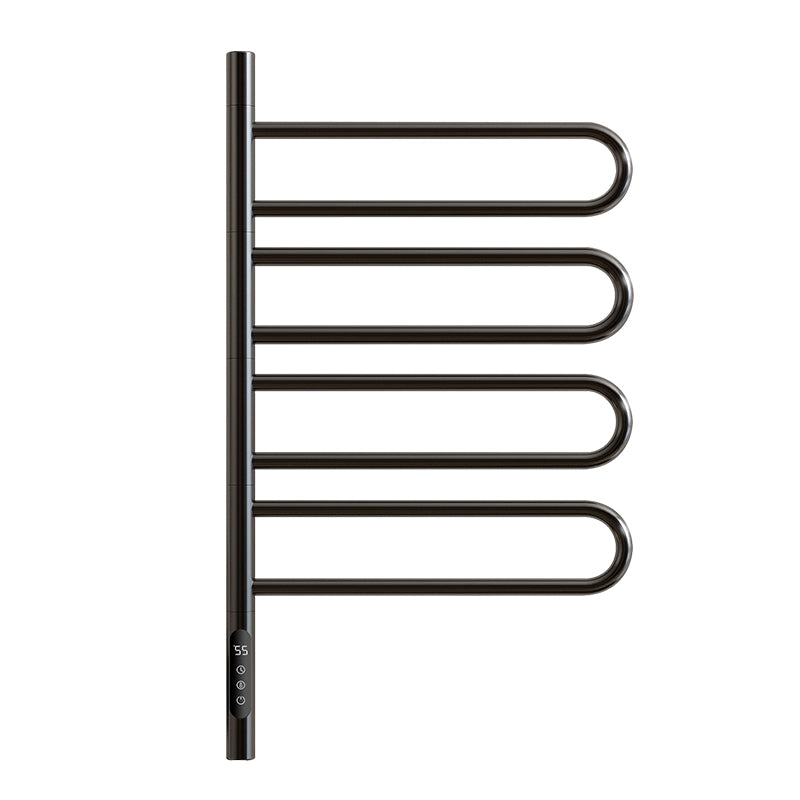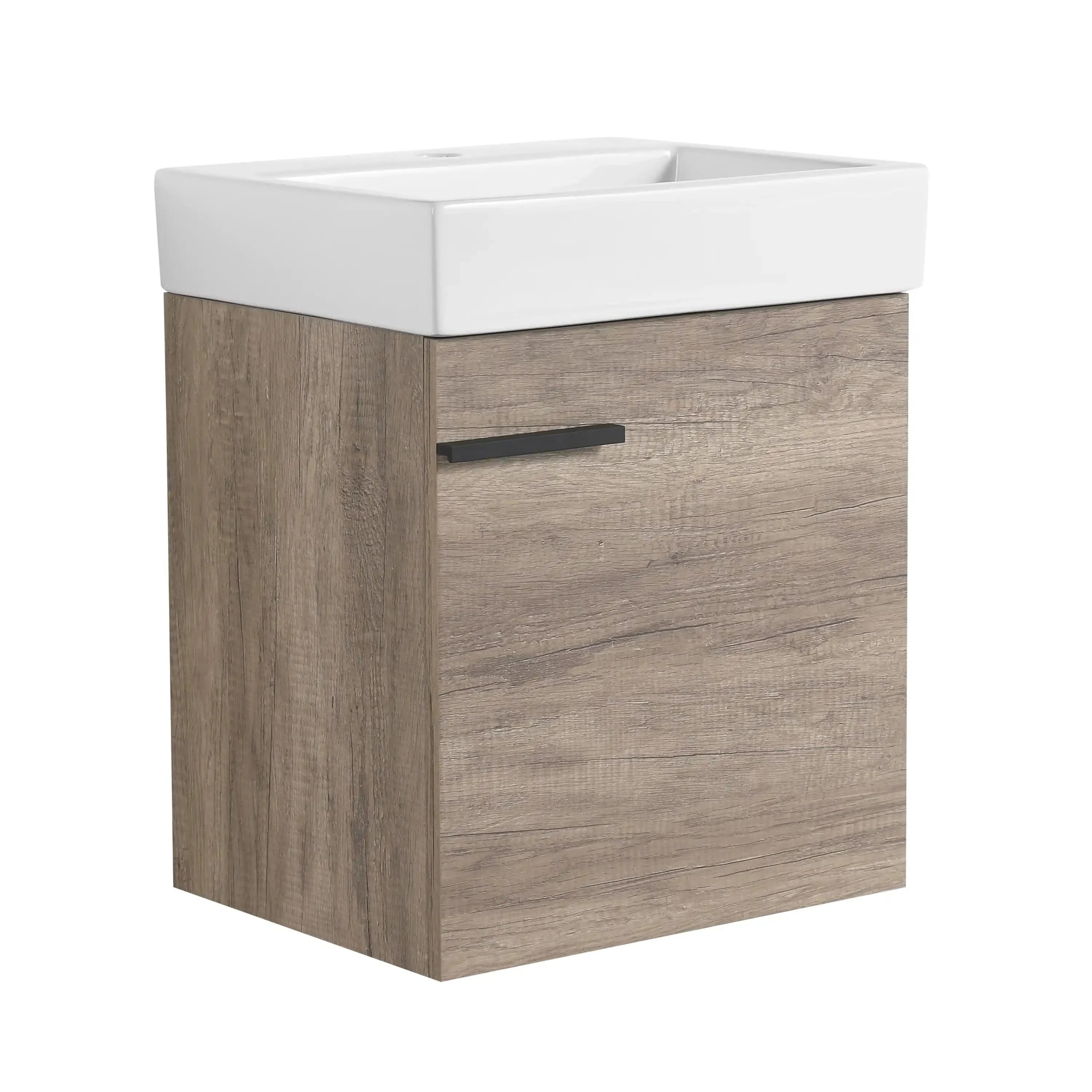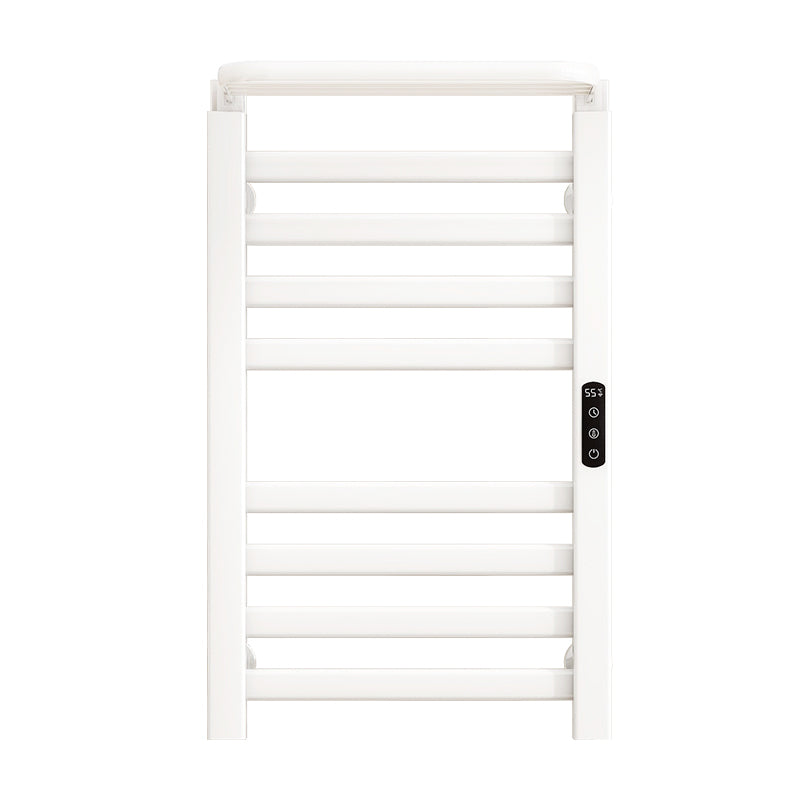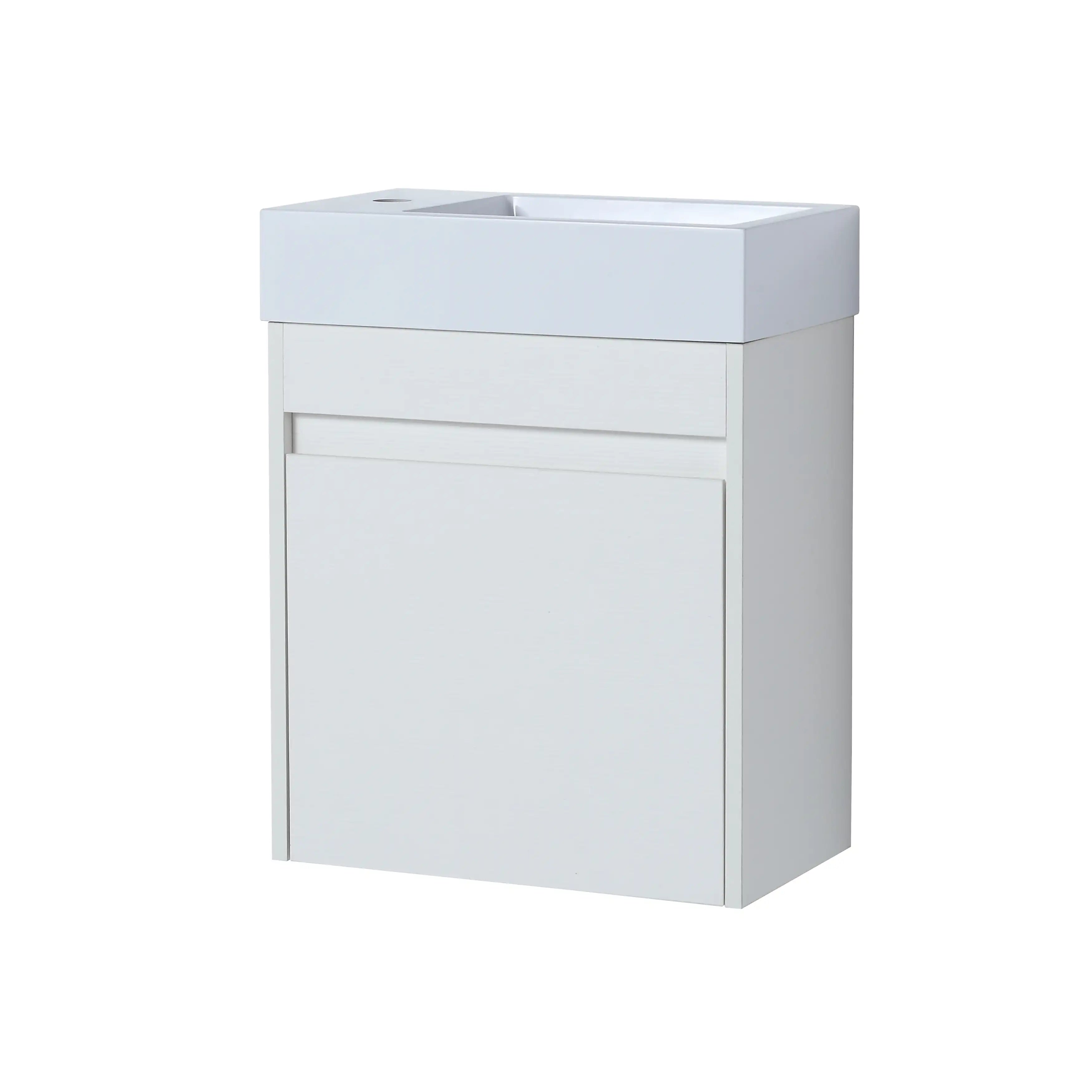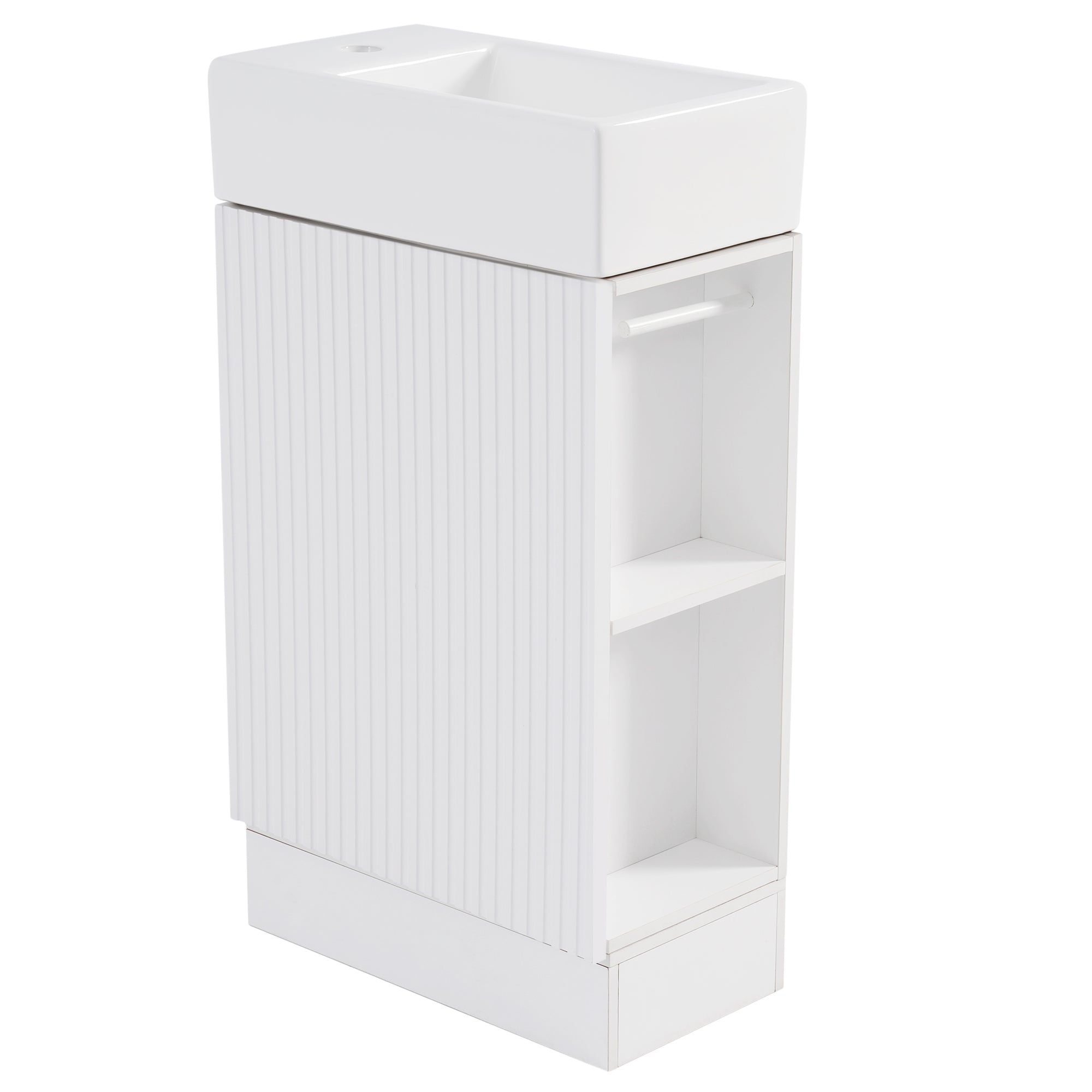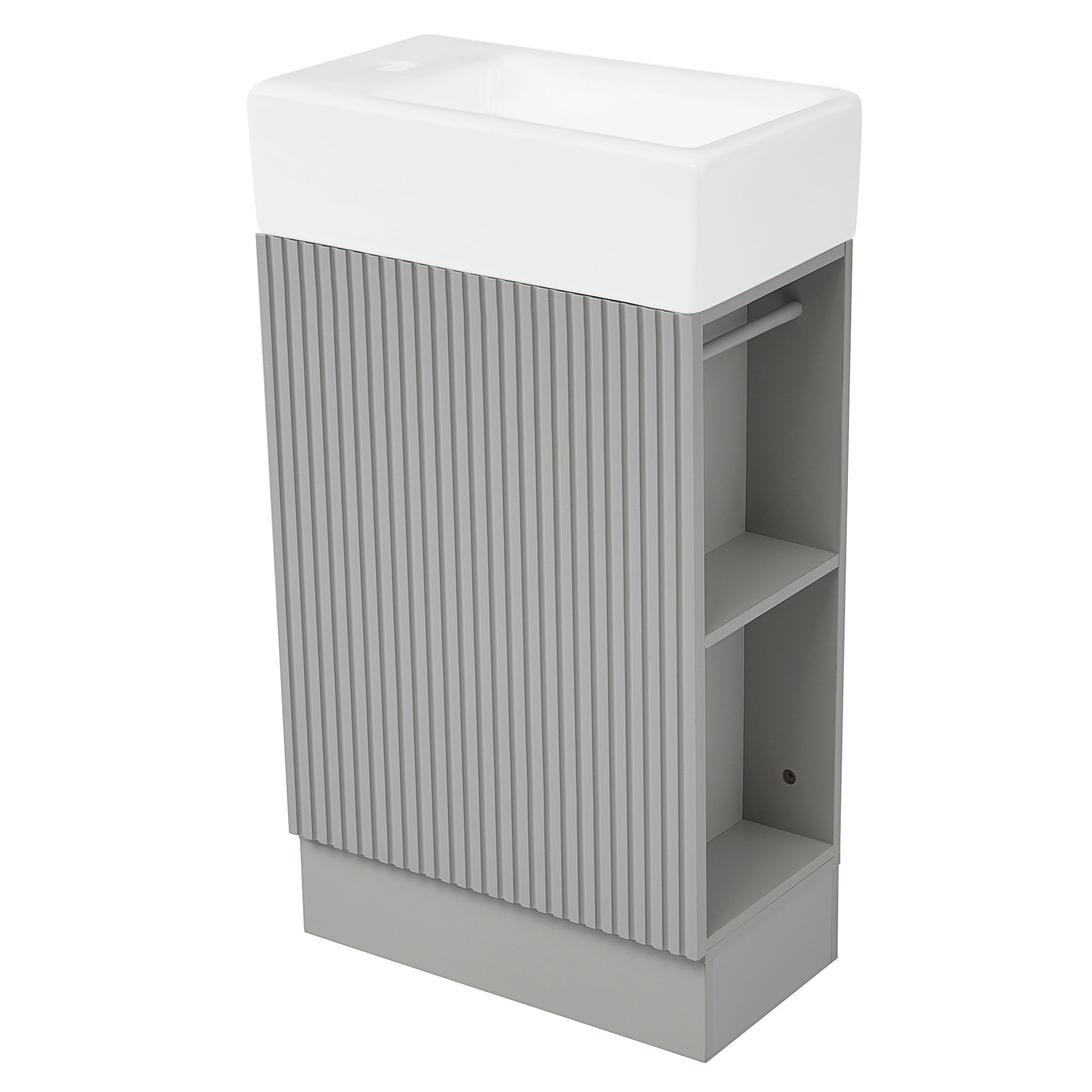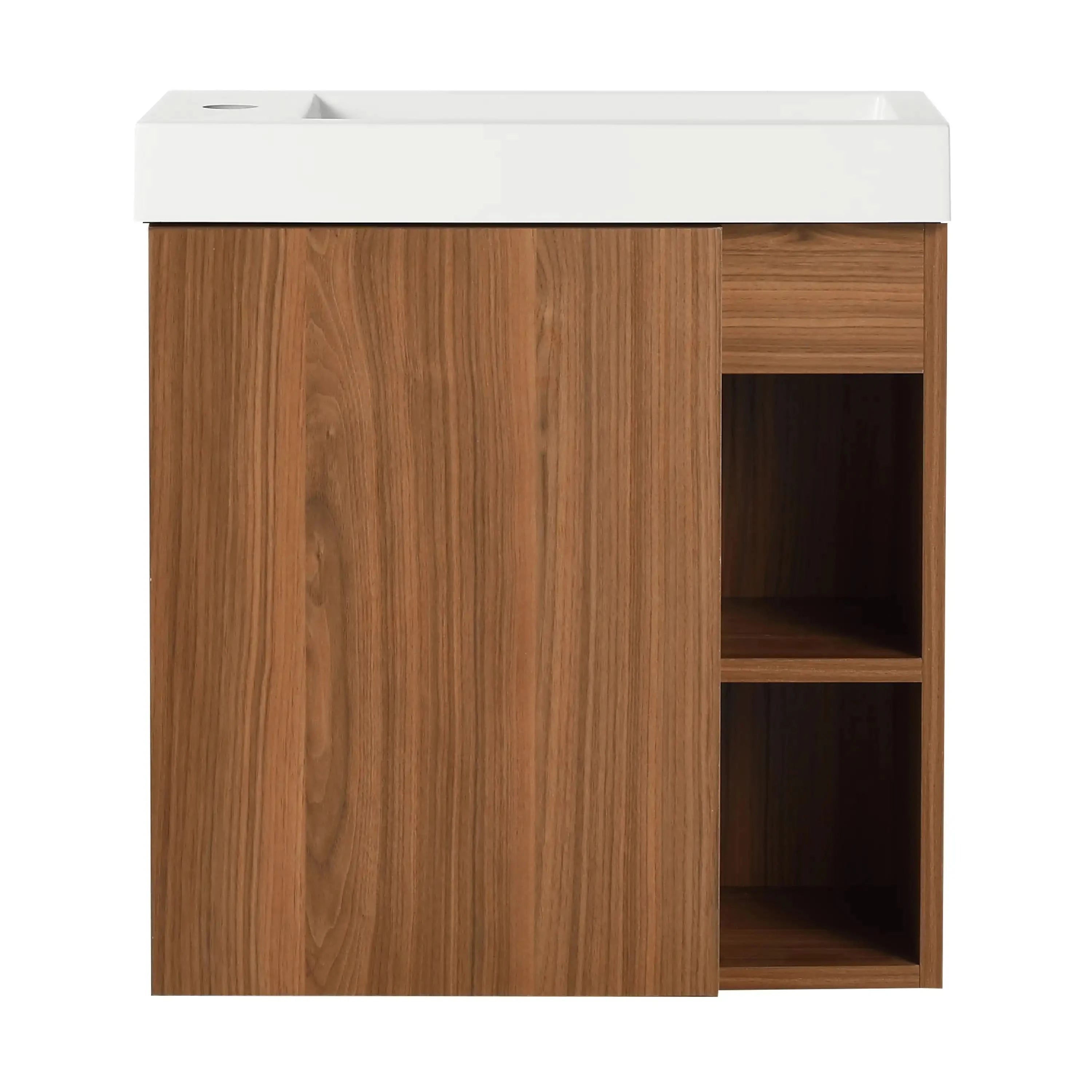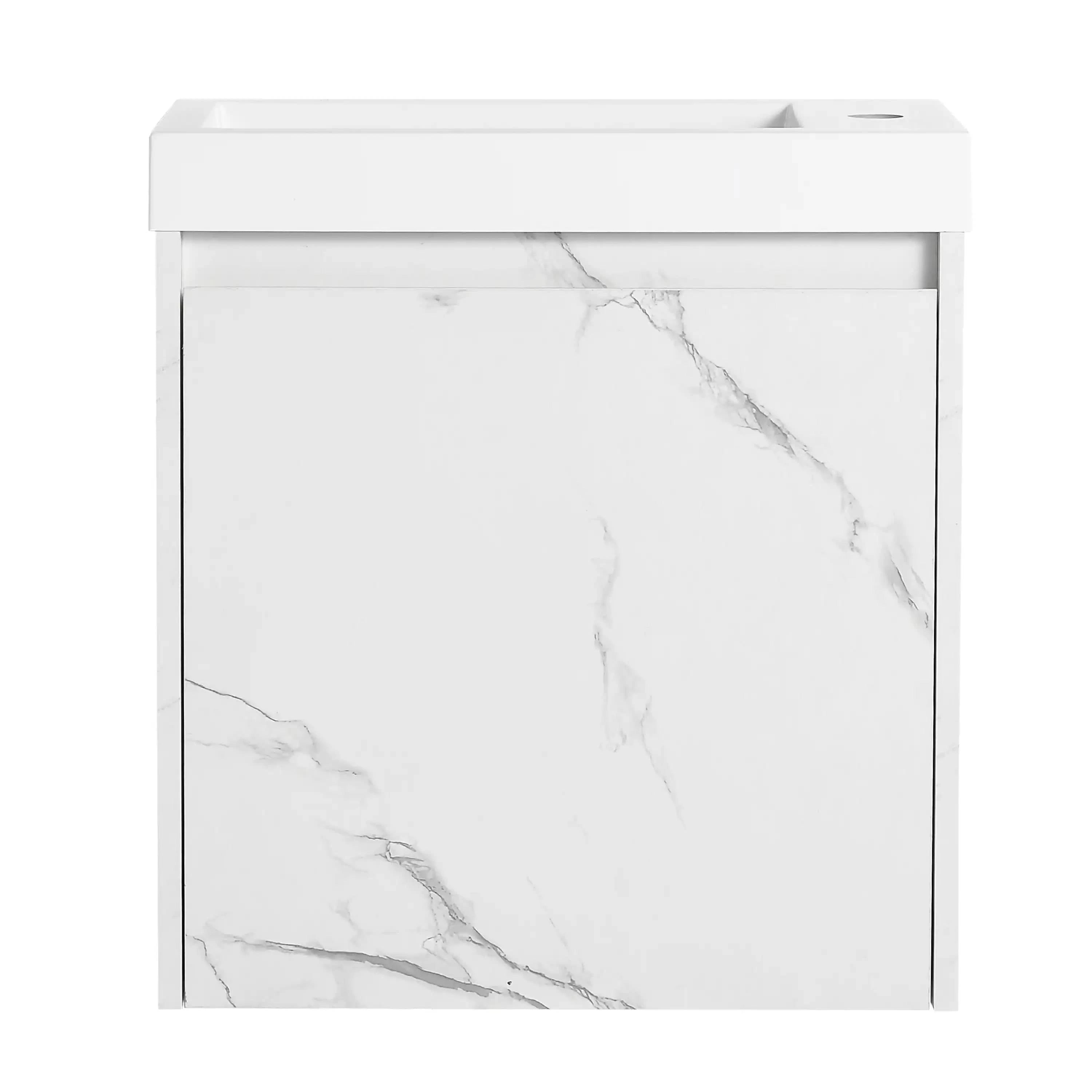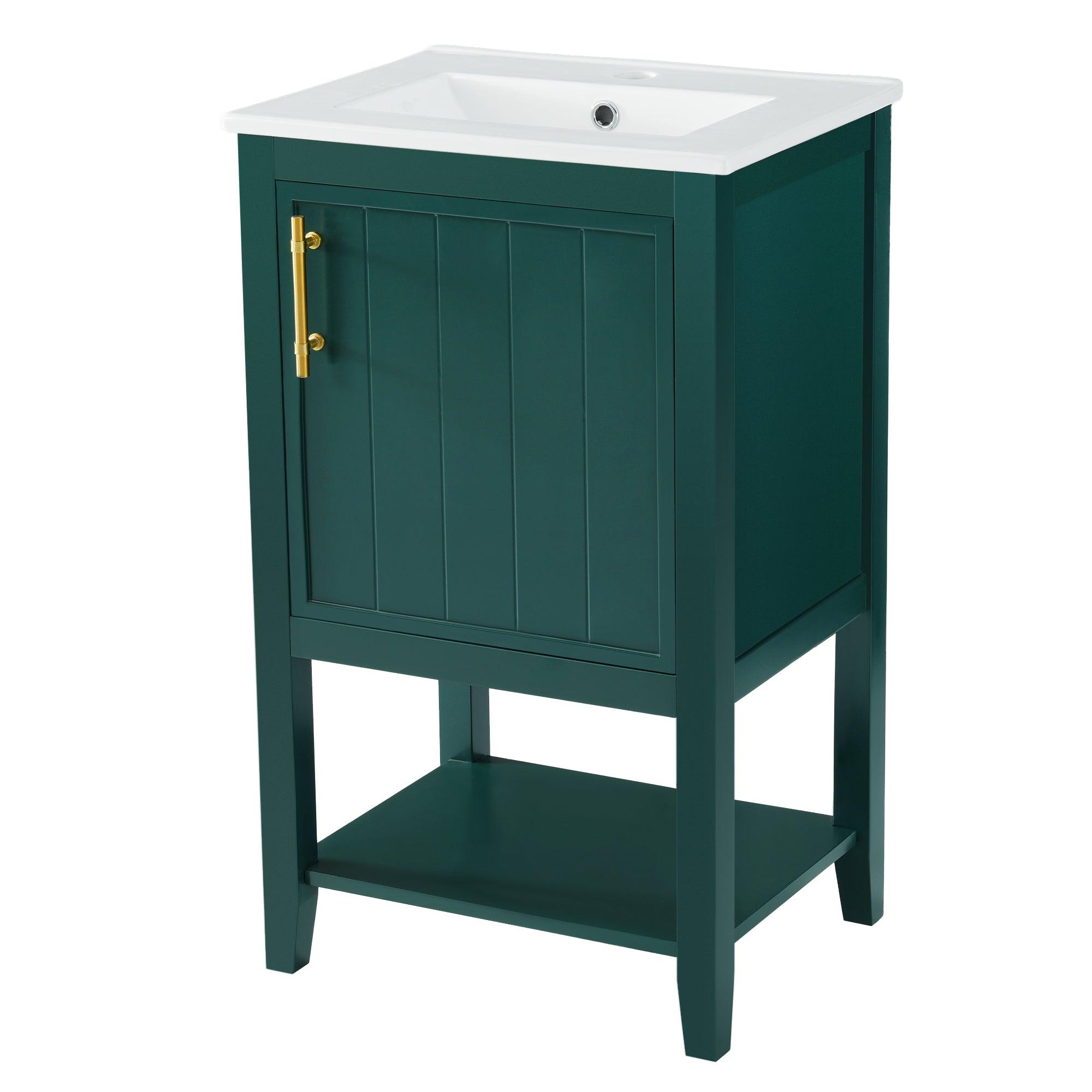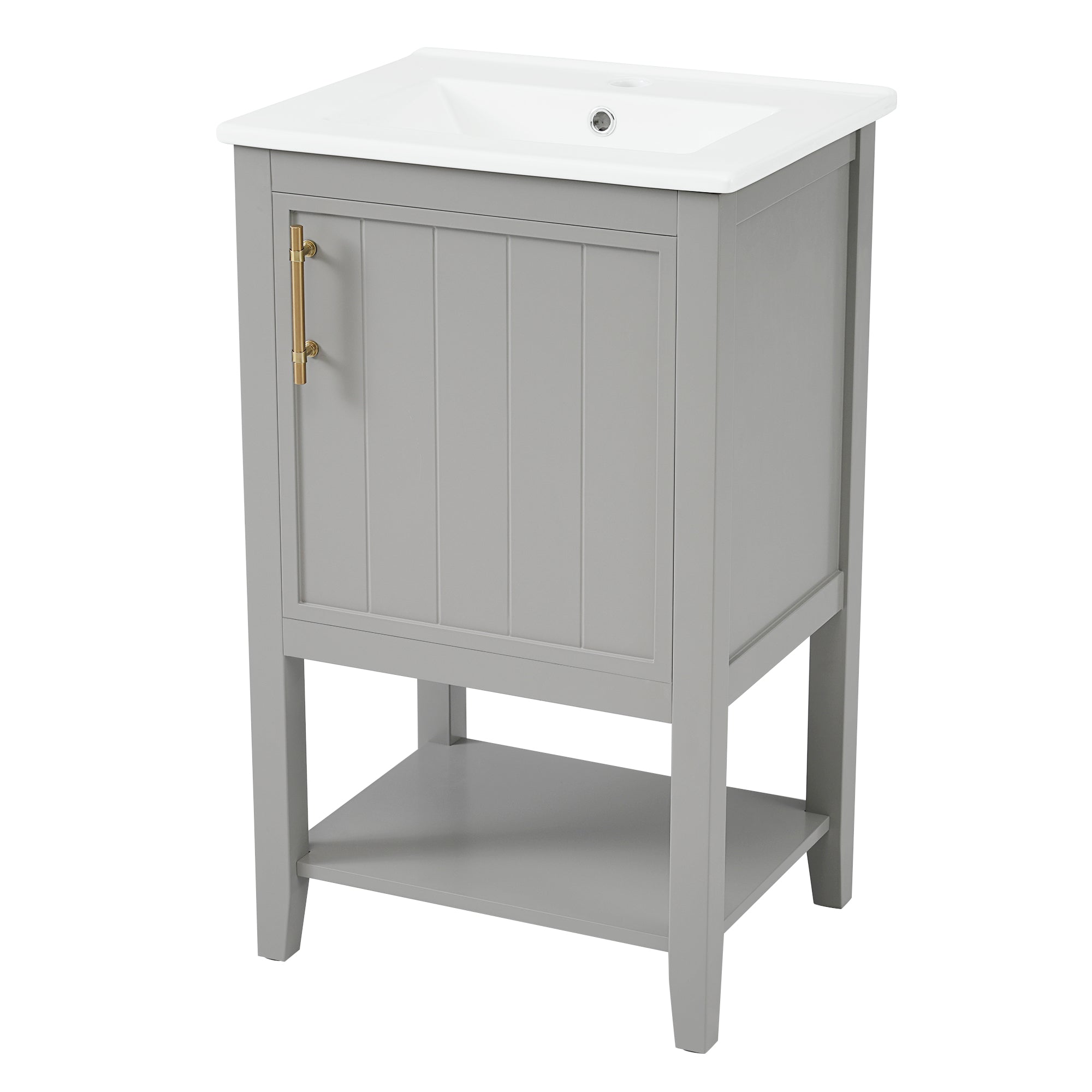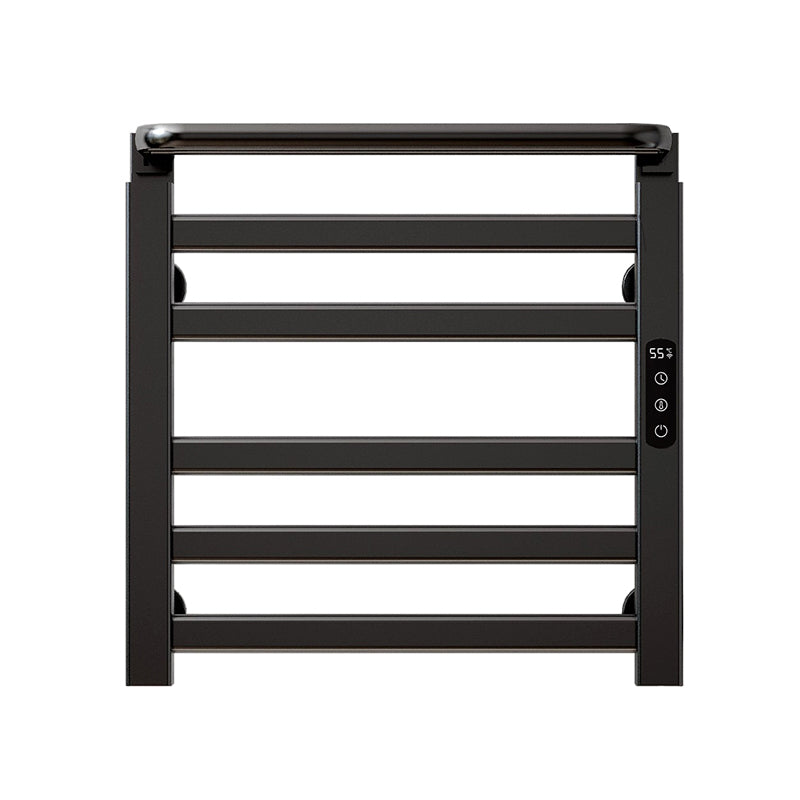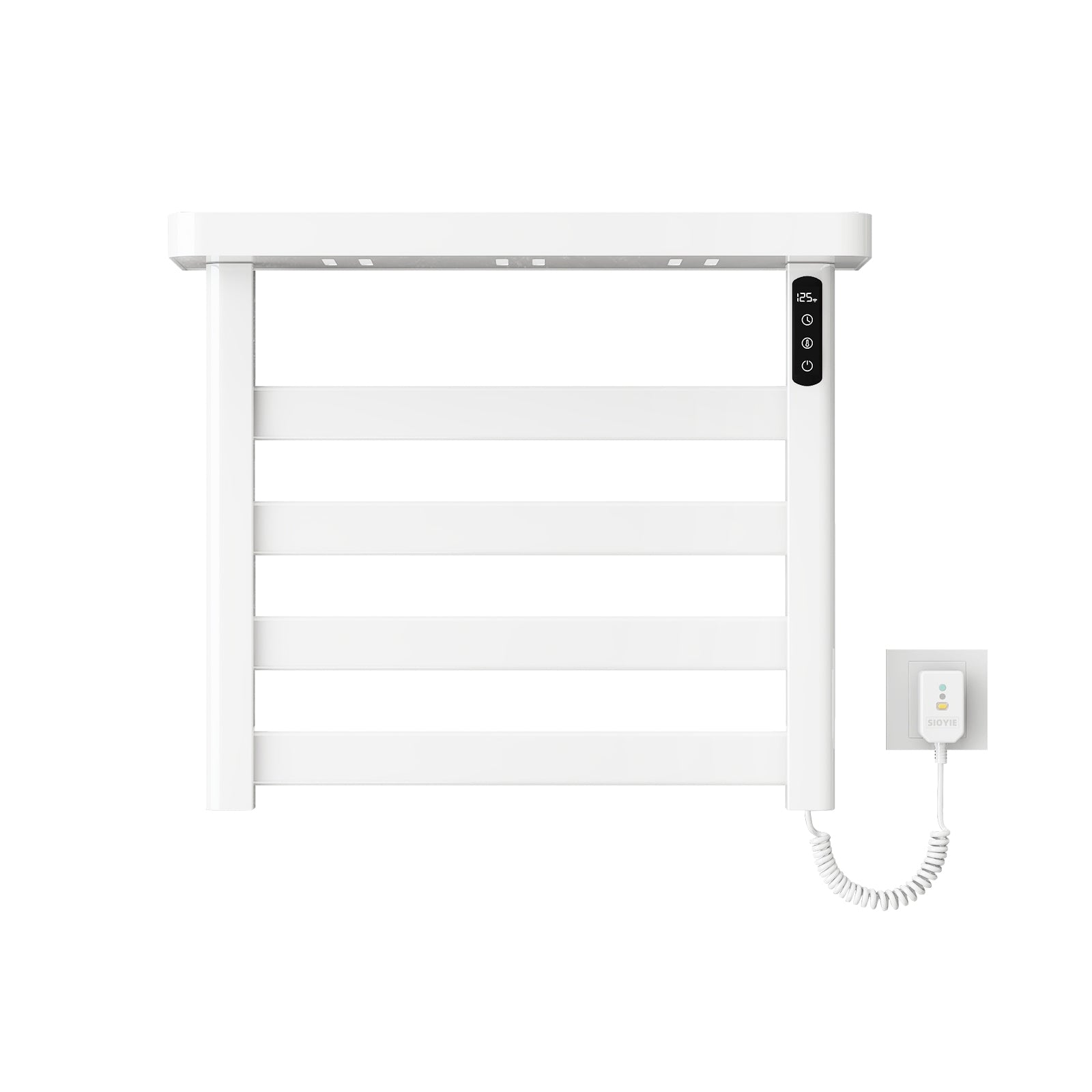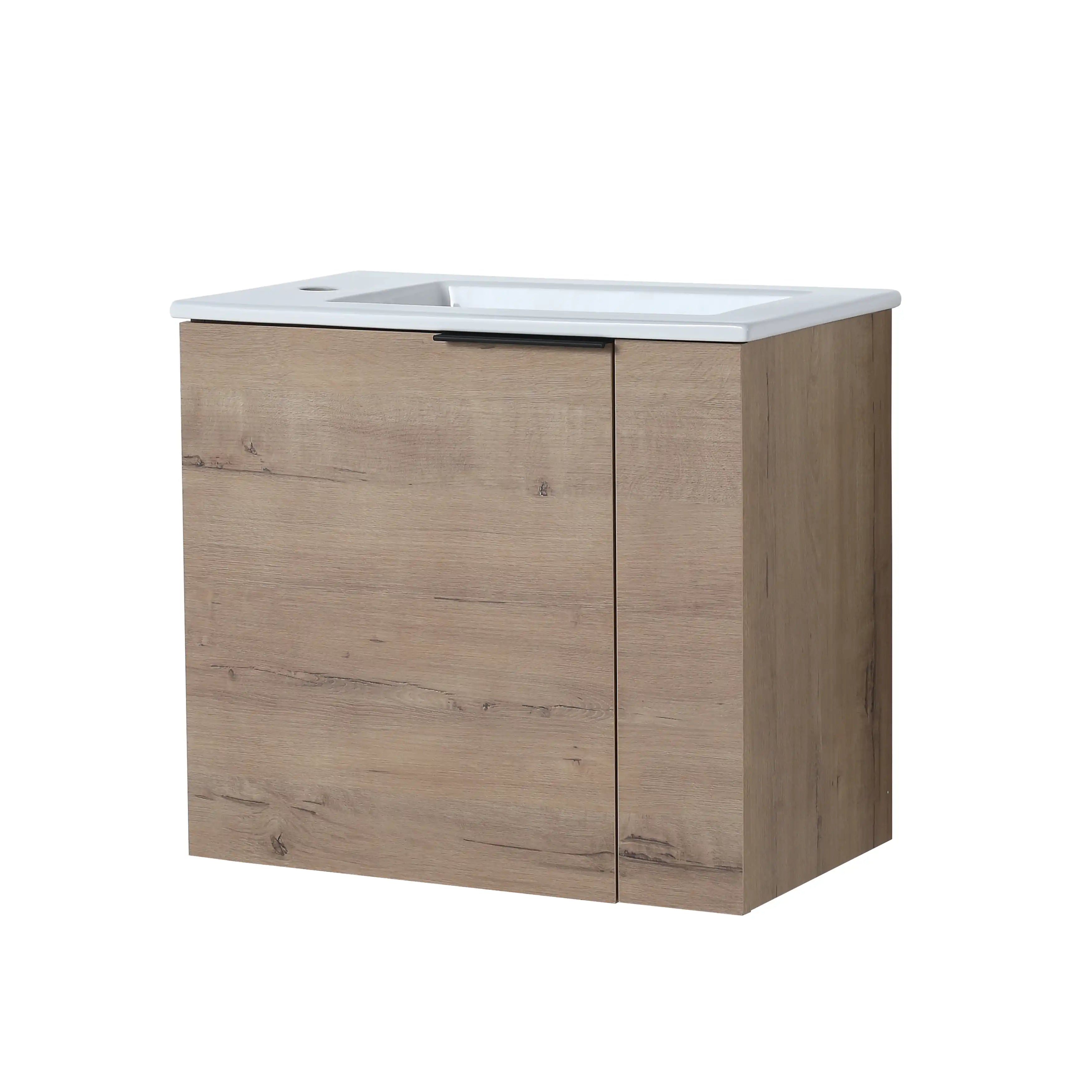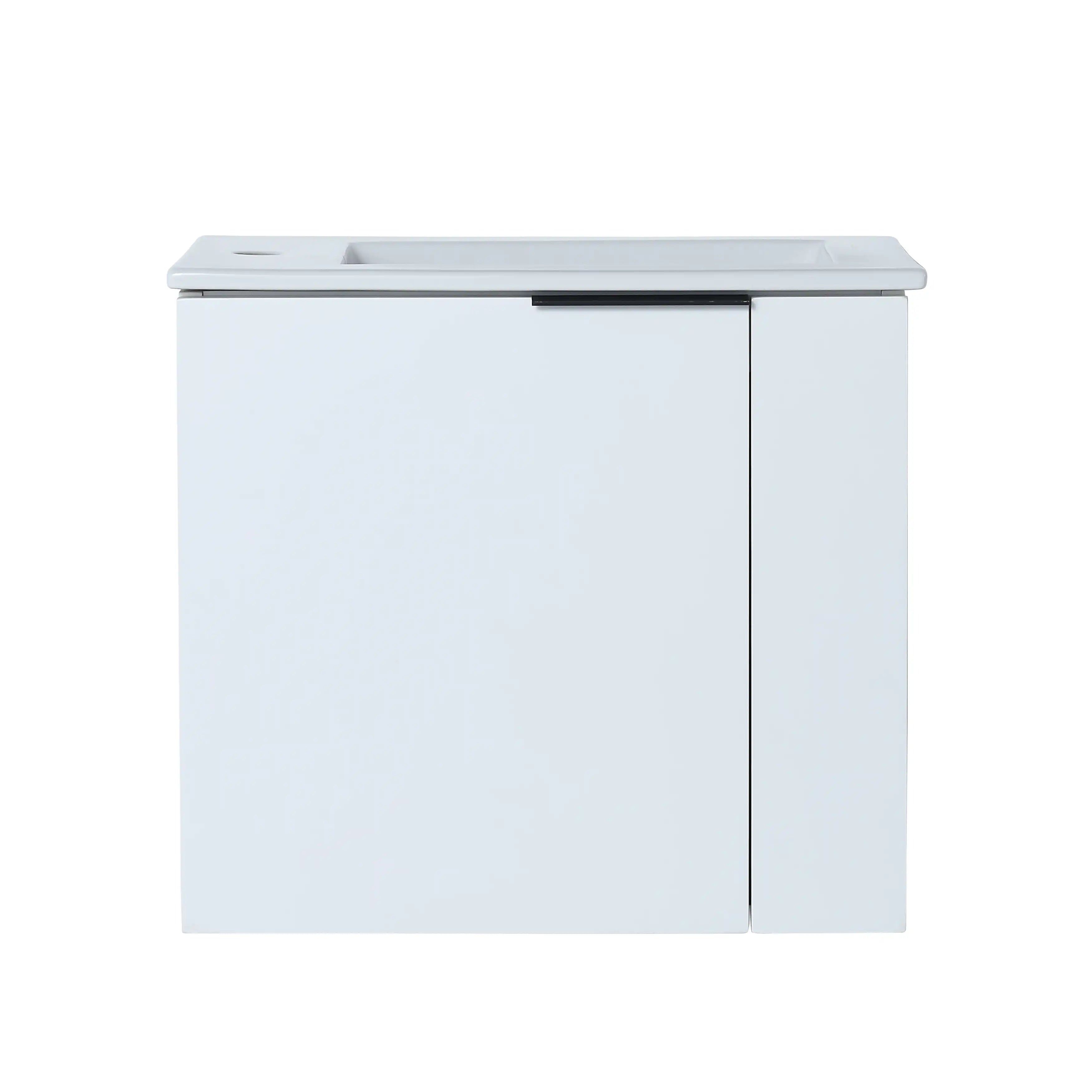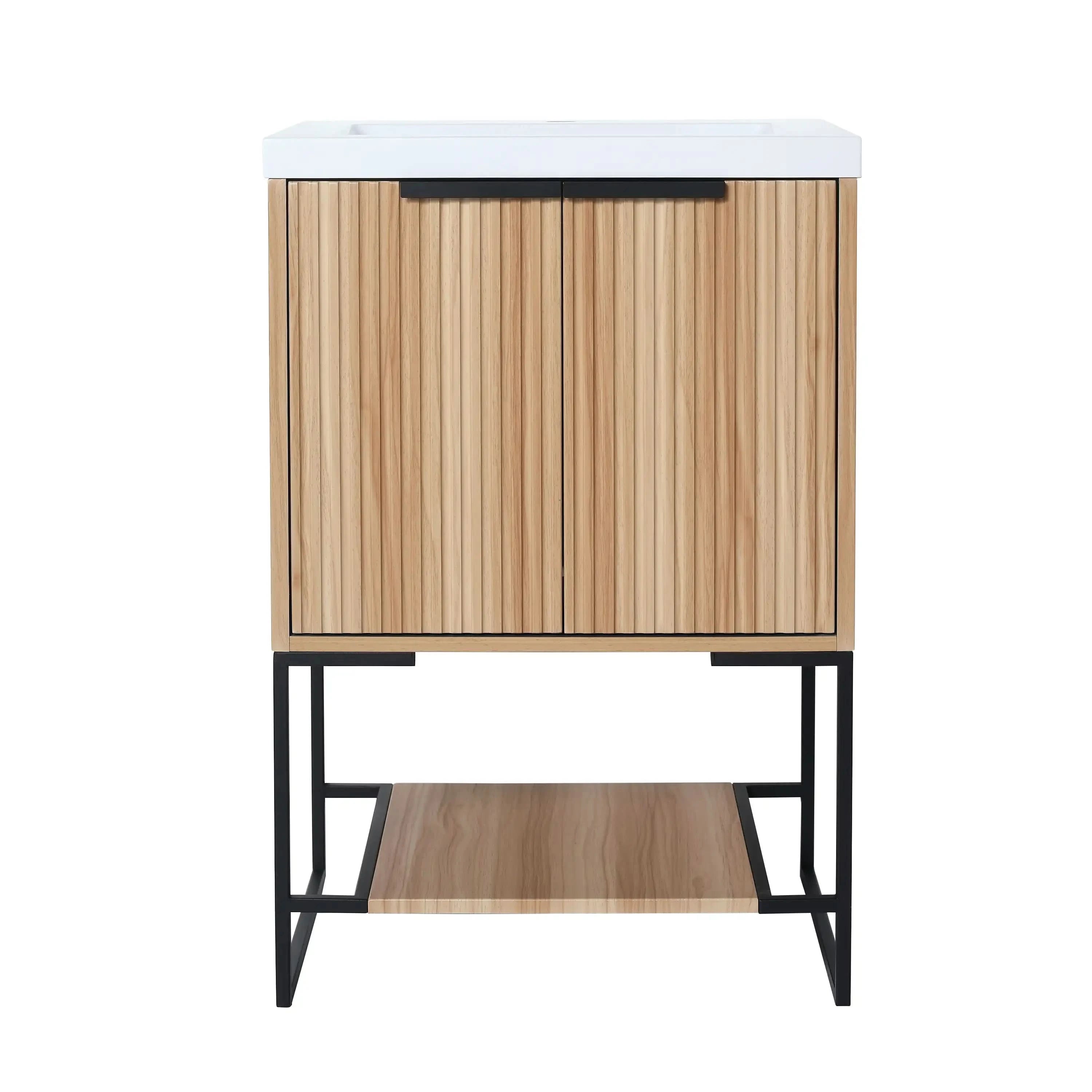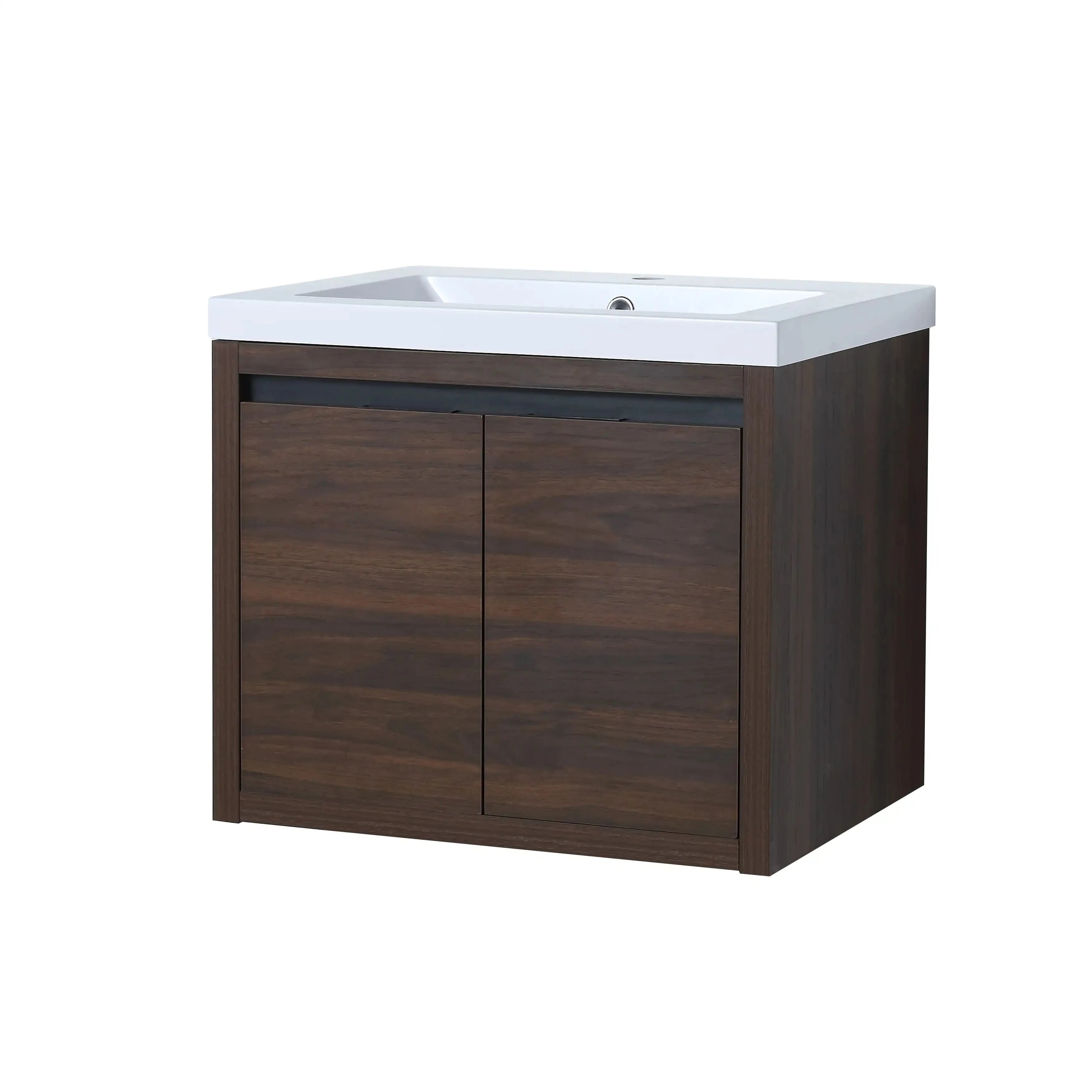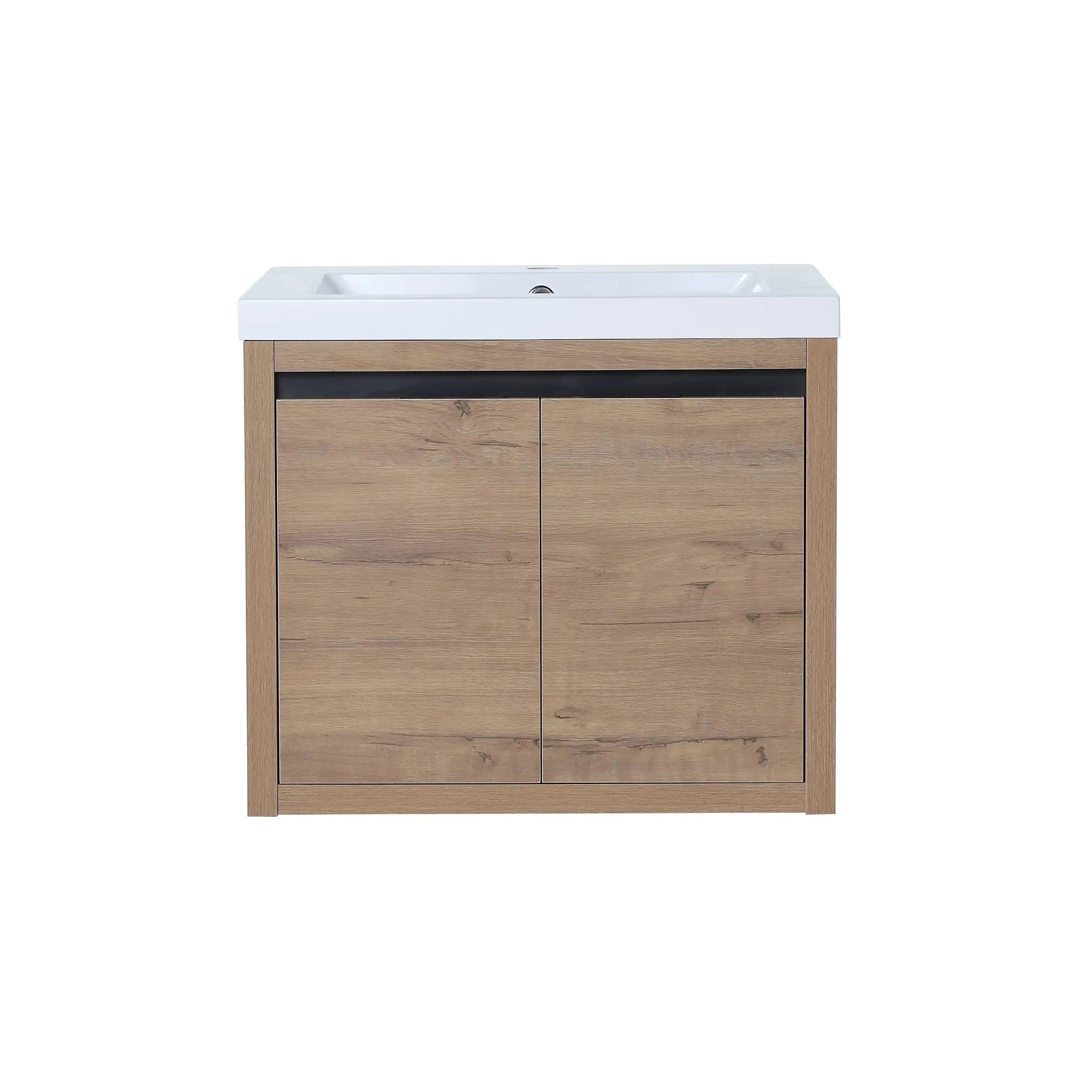When it comes to creating a serene and functional bathroom, the bathtub often takes center stage. It’s not just a place for daily hygiene but also a retreat where you can unwind, soak, and rejuvenate. However, the material of your bathtub plays a crucial role in both its functionality and how well it fits into your bathroom’s design. Whether you're choosing a bathtub for a new home, remodeling, or simply upgrading an old one, picking the right material is essential.
Along with your tub, the rest of the bathroom deserves attention—particularly your storage areas like cabinets. A well-organized and aesthetically pleasing bathroom can be achieved not only by choosing the right materials for fixtures like tubs but also by updating storage solutions such as bathroom cabinets. In this article, we’ll explore the best materials for a bathtub and provide a guide on how to stain a bathroom cabinet, transforming your space into a stylish and functional haven.
Why Choosing the Right Bathtub Material Matters

The material of your bathtub has a huge impact on its appearance, durability, comfort, and ease of maintenance. It also influences how well your bathtub retains heat, how much it costs to install, and whether it will last for years or show signs of wear after a few seasons.
Different materials offer different benefits, and the right choice will depend on your specific needs, preferences, and budget. Let’s dive into the most popular bathtub materials available today.
1. Acrylic Bathtubs: Lightweight and Affordable
Acrylic bathtubs are among the most popular choices for homeowners looking for a balance between cost, weight, and durability. Acrylic is made from a flexible plastic that is molded into the shape of a tub, then reinforced with fiberglass for additional strength. This type of bathtub is particularly popular because it is lightweight, easy to install, and comes in a variety of shapes and sizes.
Key Features:
- Affordability: Acrylic tubs are relatively inexpensive compared to other materials like cast iron or stone.
- Lightweight: Easier to move and install, especially in upper-level bathrooms or homes with flooring that can’t support heavier materials.
- Heat Retention: Acrylic holds heat well, keeping bathwater warm for longer periods.
- Customizable: Available in various colors, styles, and shapes, including freestanding and built-in models.
Example:
The ACE DECOR LY Curved Freestanding Soaking Tub is an acrylic model that offers a sleek, modern look. Its lightweight design makes it easy to install, while its gentle curves provide a luxurious soaking experience.
2. Cast Iron Bathtubs: Classic and Durable

Cast iron bathtubs have long been considered the gold standard for durability and timeless elegance. These tubs are made by pouring molten iron into a mold, then coating it with a layer of enamel. Although they are heavier and more expensive than other materials, cast iron tubs are known for their longevity and ability to retain heat.
Key Features:
- Durability: Cast iron tubs are incredibly durable and can last for decades with minimal wear.
- Heat Retention: These tubs keep water warm for extended periods, making them ideal for long soaks.
- Classic Aesthetic: Their timeless appearance makes them perfect for traditional and vintage-style bathrooms.
- Scratch and Stain Resistance: The enamel coating is resistant to most scratches and stains, maintaining its appearance over time.
Example:
If you’re after that classic, vintage charm, a cast iron bathtub is hard to beat. While ACE DECOR focuses on modern solutions, pairing a cast iron tub with the contemporary look of the ACE DECOR GL Cabinet can give your bathroom a balanced, eclectic feel that combines old-world elegance with modern practicality.
3. Stone Resin Bathtubs: A Luxurious, Modern Option
For those who want a modern, spa-like atmosphere, stone resin bathtubs provide the perfect solution. Made from a blend of natural stone and resin, these bathtubs are durable, offer excellent heat retention, and have a luxurious, high-end look. They mimic the appearance of real stone without the weight and maintenance challenges.
Key Features:
- Durability: Stone resin tubs are scratch-resistant and incredibly sturdy, meaning they can handle everyday use without showing signs of wear.
- Heat Retention: Stone resin retains heat longer than acrylic or fiberglass, making it perfect for long, relaxing baths.
- Luxury Aesthetic: These tubs are available in modern designs that elevate the overall look of your bathroom.
- Eco-Friendly: Many stone resin tubs are made from natural and sustainable materials.
Example:
The ACE DECOR LY Seamless Freestanding Soaking Tub is an ideal choice for those seeking a luxurious, spa-like feel. Its seamless design and stone resin construction offer a modern, minimalist look with the added benefit of excellent heat retention and durability.
4. Fiberglass Bathtubs: Lightweight and Budget-Friendly

If you’re on a tight budget but still want a functional bathtub, fiberglass is a solid choice. Made from layers of fiberglass reinforced with resin, these tubs are lightweight and easy to install. However, they are not as durable as acrylic or stone resin options, and they may show signs of wear more quickly.
Key Features:
- Affordable: Fiberglass tubs are among the most inexpensive options, making them great for budget-conscious homeowners.
- Lightweight: Easy to install and move, ideal for DIY bathroom remodels.
- Variety: Available in various shapes and sizes, making it easy to find a model that fits your bathroom.
Drawback:
Fiberglass tubs are more prone to scratching and fading over time, and they may not retain heat as well as acrylic or cast iron.
How to Stain a Bathroom Cabinet: A Step-by-Step Guide

Once you’ve chosen the perfect bathtub, it’s time to consider how to refresh the rest of your bathroom. One of the simplest and most effective ways to enhance your bathroom’s aesthetics is by staining your bathroom cabinets. Staining is an excellent way to give your cabinets a new look, protect the wood, and add warmth to your bathroom’s overall design. This section will guide you through how to stain your bathroom cabinet with ease, ensuring a professional finish.
1. Choosing the Right Stain for Your Bathroom Cabinet
The first step in staining your bathroom cabinet is selecting the right stain. Water-based stains are typically the best option for bathrooms because they dry quickly, have lower fumes, and resist moisture. Oil-based stains can provide a richer color but take longer to dry and may not be ideal for high-moisture environments like bathrooms.
Considerations:
- Color: Choose a color that complements your bathroom’s design. Darker stains like walnut or espresso give a modern, sleek look, while lighter stains such as oak or maple offer a more natural, rustic feel.
- Finish: Matte and satin finishes are popular in modern bathrooms, while a high-gloss finish can add a touch of luxury to more traditional spaces.
2. Preparing the Cabinet Surface
Before staining, it’s essential to properly prepare the cabinet surface to ensure the stain adheres evenly. Start by removing all cabinet doors, drawers, and hardware. Then, clean the surfaces thoroughly to remove any grease, dirt, or residue that could interfere with the staining process.
Sanding:
Use sandpaper to smooth the wood’s surface. Start with a coarse grit (around 80-grit) to remove the existing finish, then finish with a finer grit (120- to 150-grit) for a smooth surface. Be sure to sand in the direction of the wood grain to avoid scratches.
Pro Tip: Use a tack cloth to remove any dust after sanding, ensuring a clean surface for the stain application.
3. Applying the Stain
Now that your surface is prepared, it’s time to apply the stain. Use a clean, lint-free cloth or a foam brush to apply the stain in the direction of the wood grain. Be sure to apply an even coat and wipe off any excess stain with a clean cloth.
Tips:
- Work in Sections: Stain one section at a time, such as the cabinet doors or drawer fronts, to ensure an even application.
- Multiple Coats: You may need to apply several coats of stain to achieve the desired color, allowing each coat to dry fully before applying the next.
4. Sealing the Cabinets

After the stain has dried completely (which can take several hours or overnight), apply a protective sealant. A polyurethane or clear varnish will protect your newly stained cabinets from moisture, heat, and daily wear and tear. Opt for a satin or matte finish to keep the look modern and understated.
Example:
For a modern bathroom with natural wood cabinets, a satin finish will enhance the wood’s natural beauty without making it too shiny or reflective. This finish complements both light and dark stains and provides durable protection.
5. Reassembling the Cabinets
Once the sealant has dried, reattach the cabinet doors, drawers, and hardware. Consider upgrading the hardware to match your bathroom’s new aesthetic. Brushed nickel or matte black handles can modernize the look, while brass or antique hardware provides a more classic vibe.
Internal Link: Pair your newly stained cabinets with the ACE DECOR Bathroom Vanity Cabinet with Sink, a functional yet stylish storage solution that complements stained wood finishes beautifully.
Frequently Asked Questions (FAQ)

Q1: What’s the most durable material for a bathtub?
A: Cast iron and stone resin are two of the most durable materials available. Cast iron can last for decades, while stone resin offers excellent resistance to cracks and scratches.
Q2: How do I choose the right stain color for my bathroom cabinets?
A: Consider the overall color scheme of your bathroom. Dark stains like walnut or espresso work well in modern bathrooms, while lighter stains such as oak or pine are perfect for more rustic or natural designs.
Q3: How often should I reseal my bathroom cabinets?
A: To protect your cabinets from moisture, it’s recommended to reseal them every 2-3 years, depending on use and exposure to humidity.
Q4: Can I install a stone resin bathtub in a small bathroom?
A: Yes, stone resin bathtubs come in various sizes, including compact models like the ACE DECOR LY Egg-Shaped Freestanding Soaking Tub, which combines luxury and practicality for small spaces.
Conclusion
Choosing the right bathtub material is crucial for ensuring durability, comfort, and aesthetic appeal in your bathroom. Whether you opt for the lightweight convenience of acrylic, the timeless elegance of cast iron, or the luxurious feel of stone resin, the right bathtub will enhance both your bathroom’s functionality and your relaxation experience.
Additionally, learning how to stain a bathroom cabinet offers an easy and affordable way to update the look of your bathroom while protecting the wood. Combining a high-quality bathtub with beautiful, freshly stained cabinets will create a cohesive and stylish bathroom you’ll love for years to come.
At ACE DECOR, we offer a range of bathtubs and storage solutions, including the LY Seamless Freestanding Soaking Tub and the GL Cabinet, to help you create the bathroom of your dreams.
